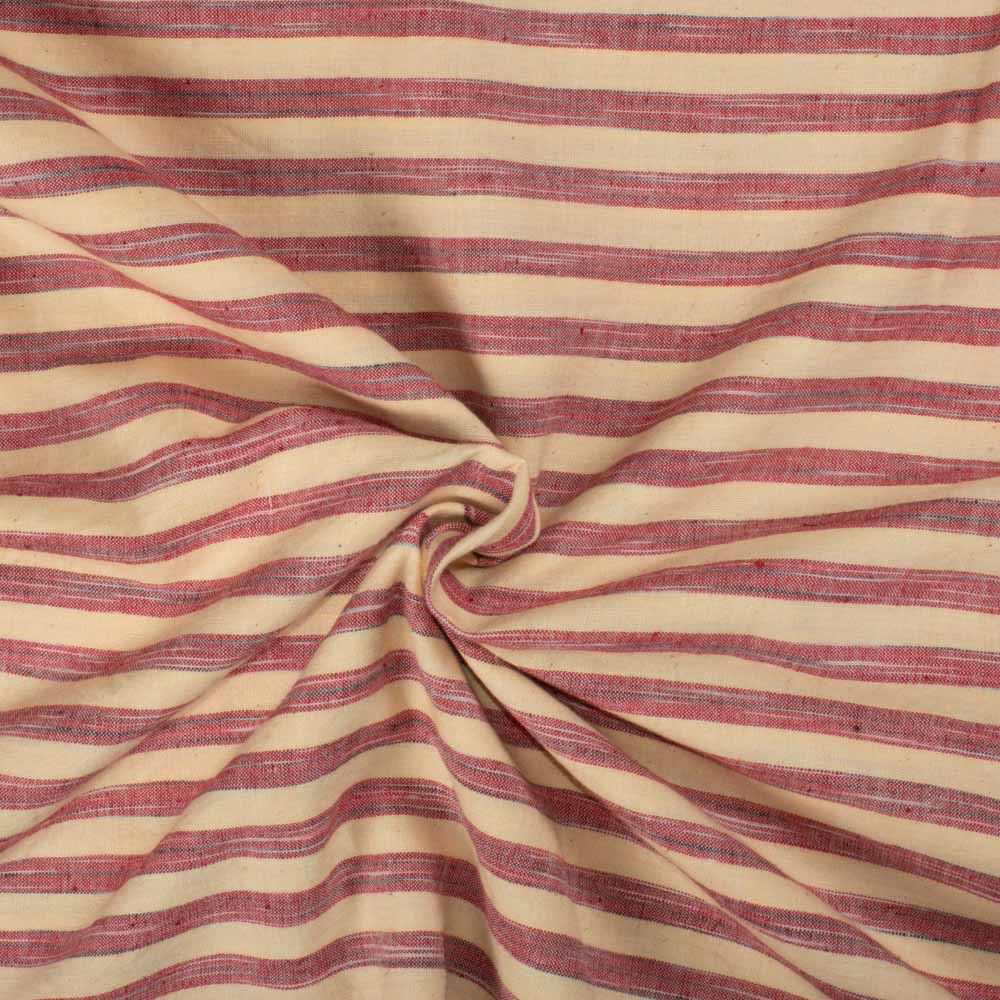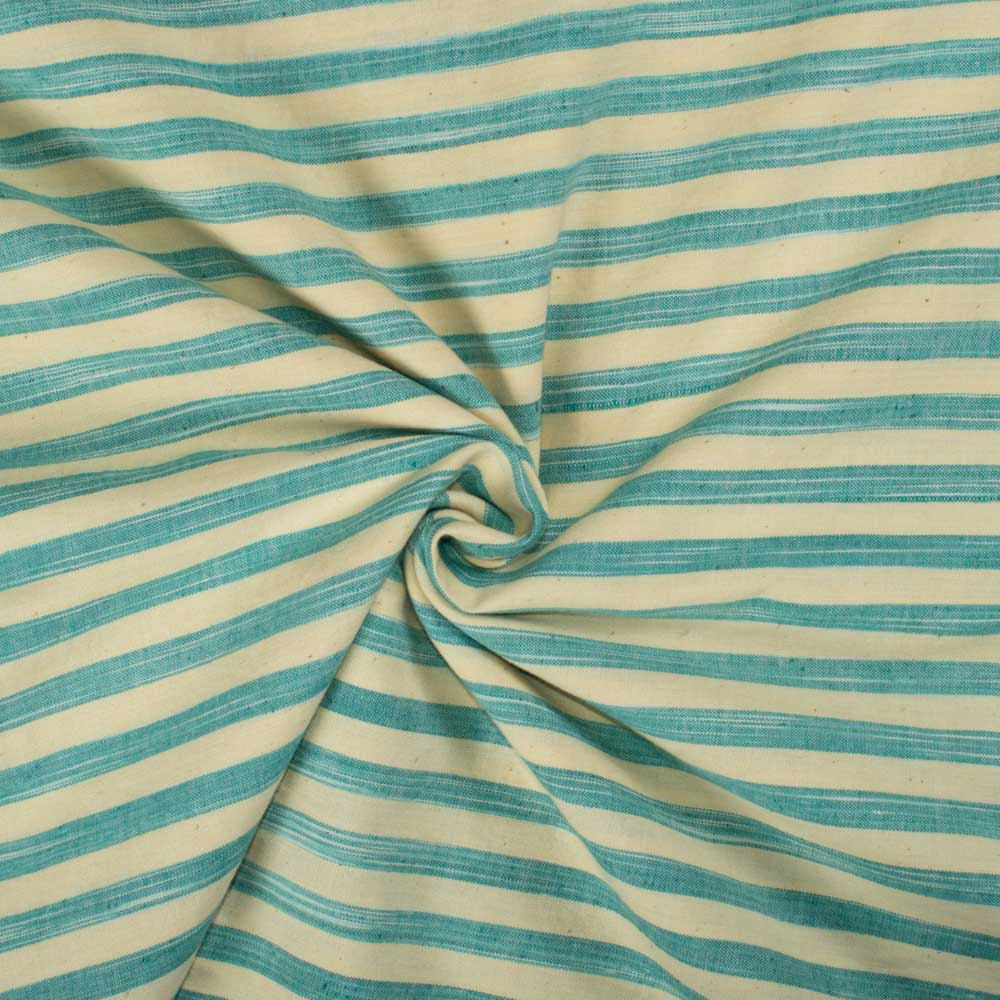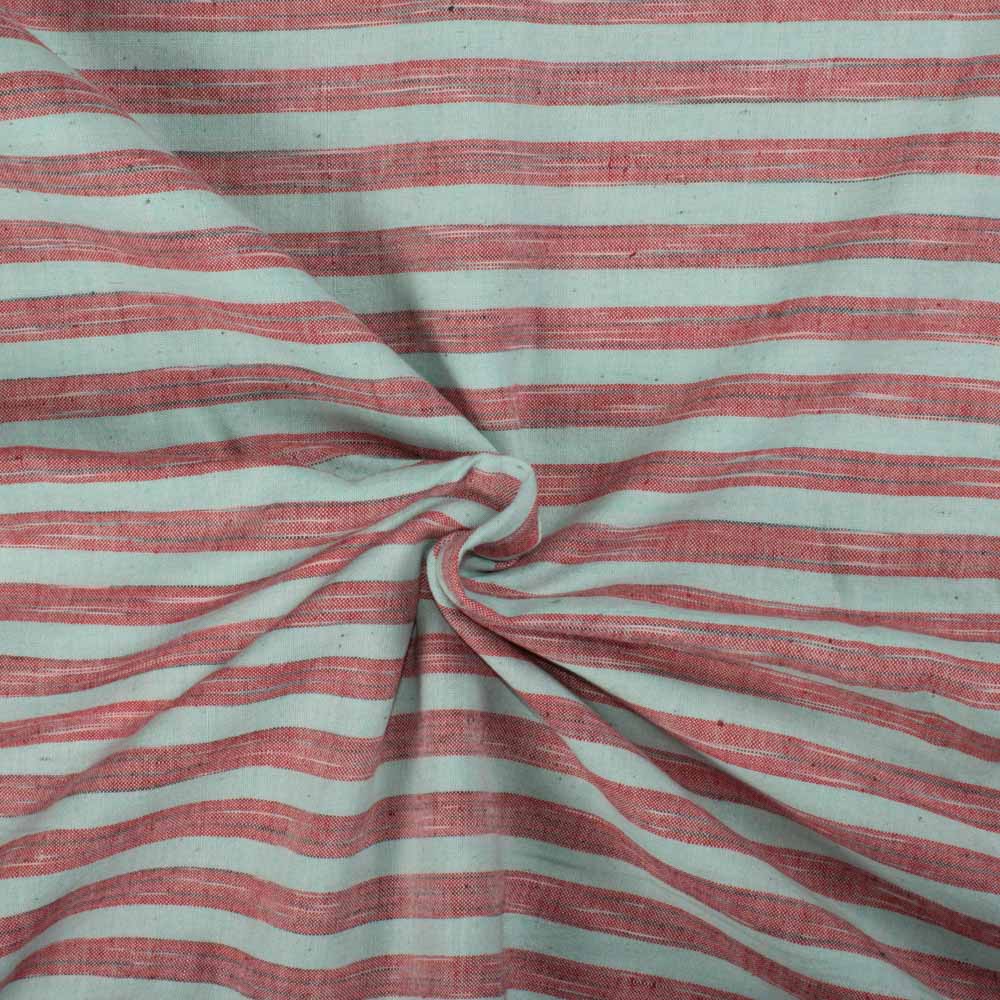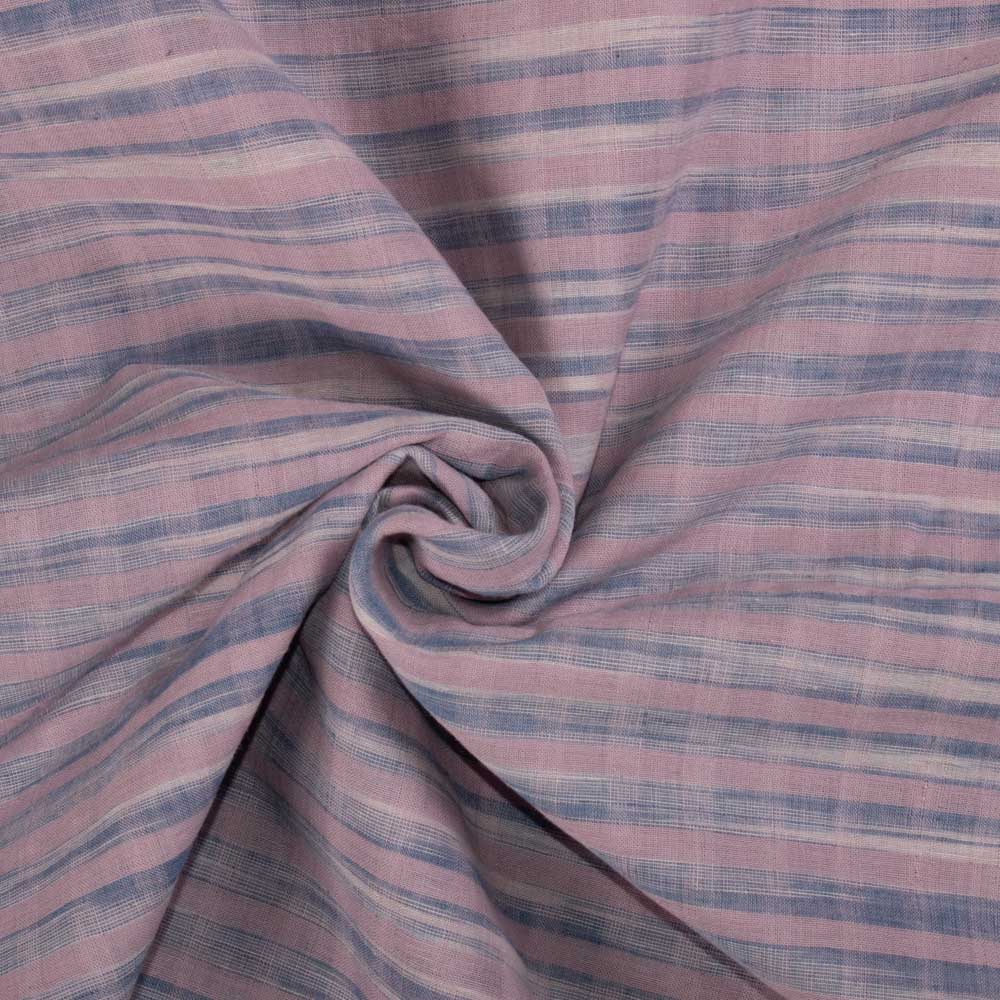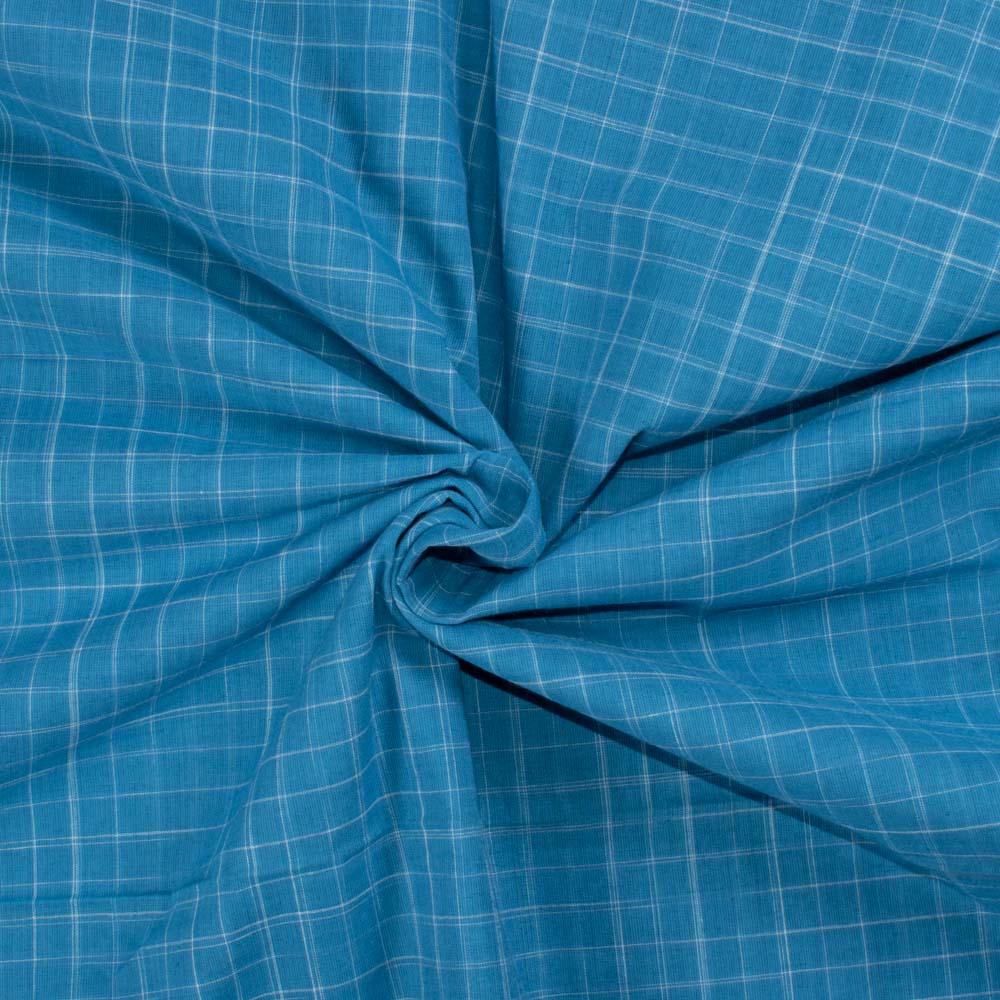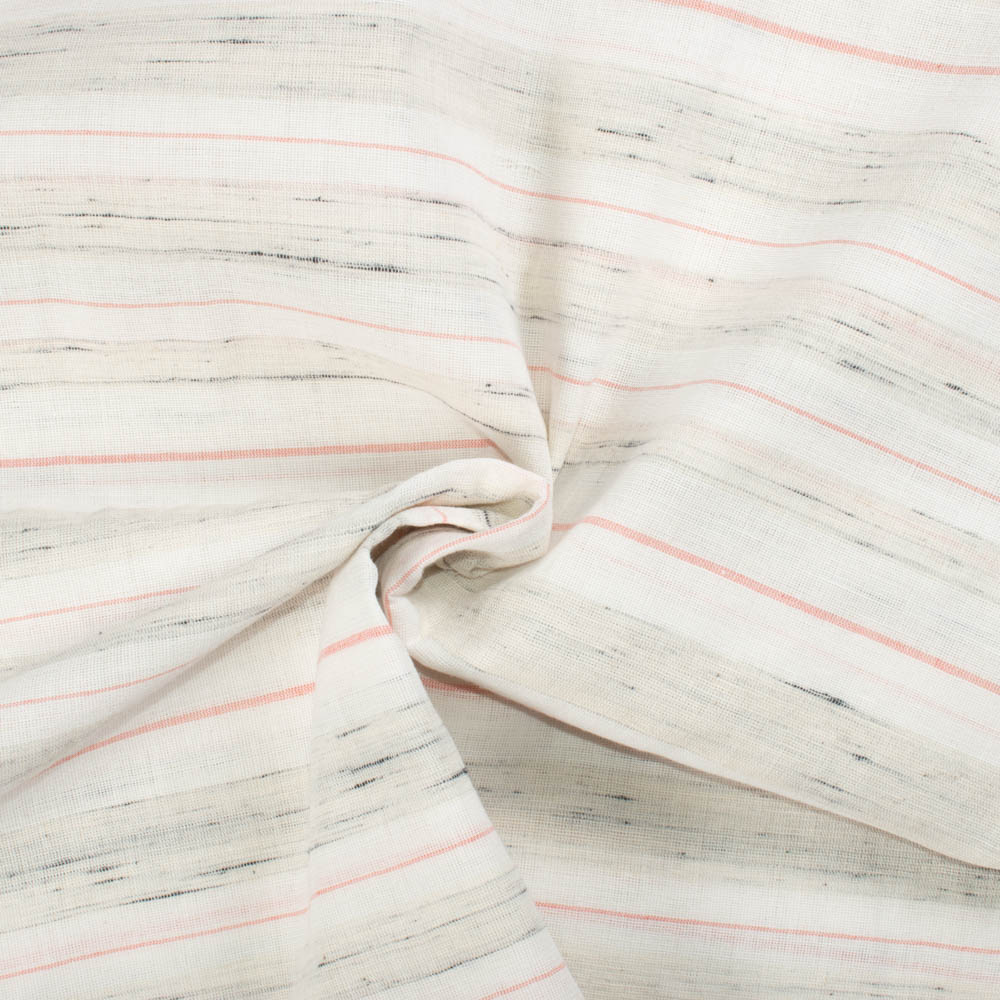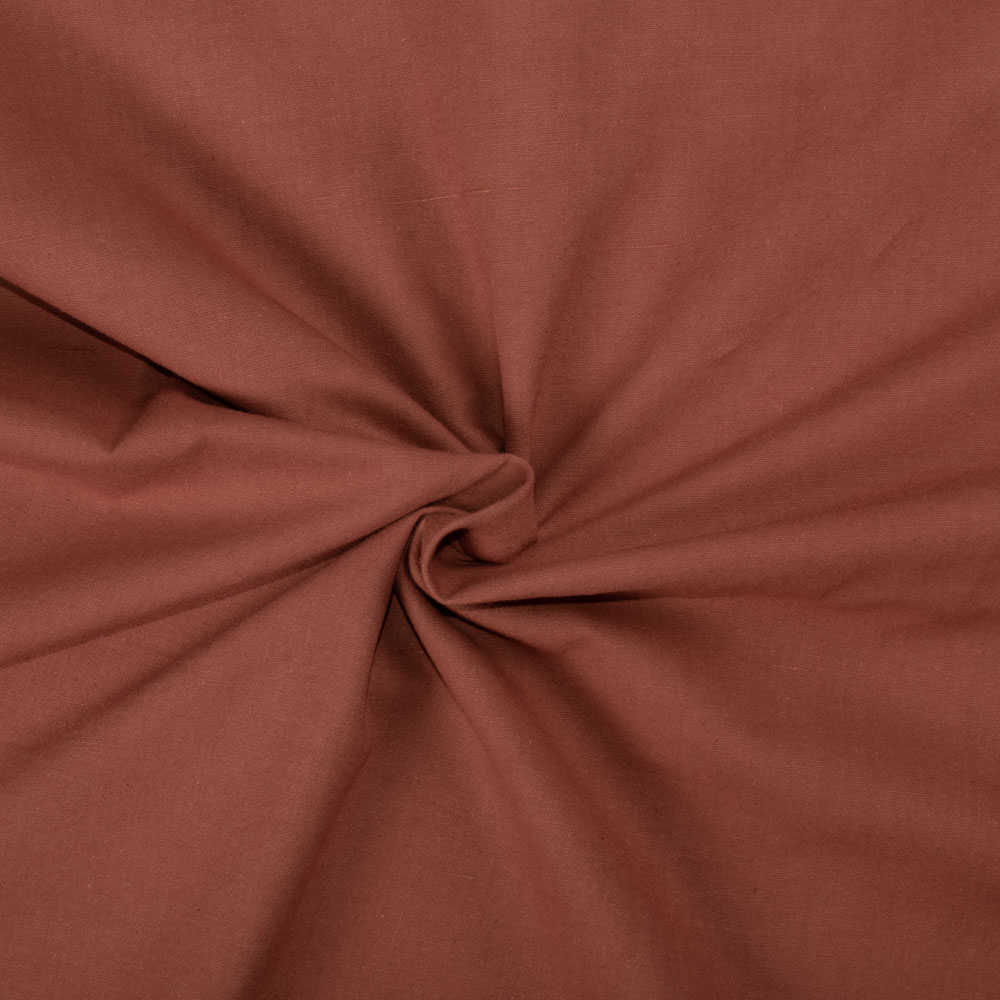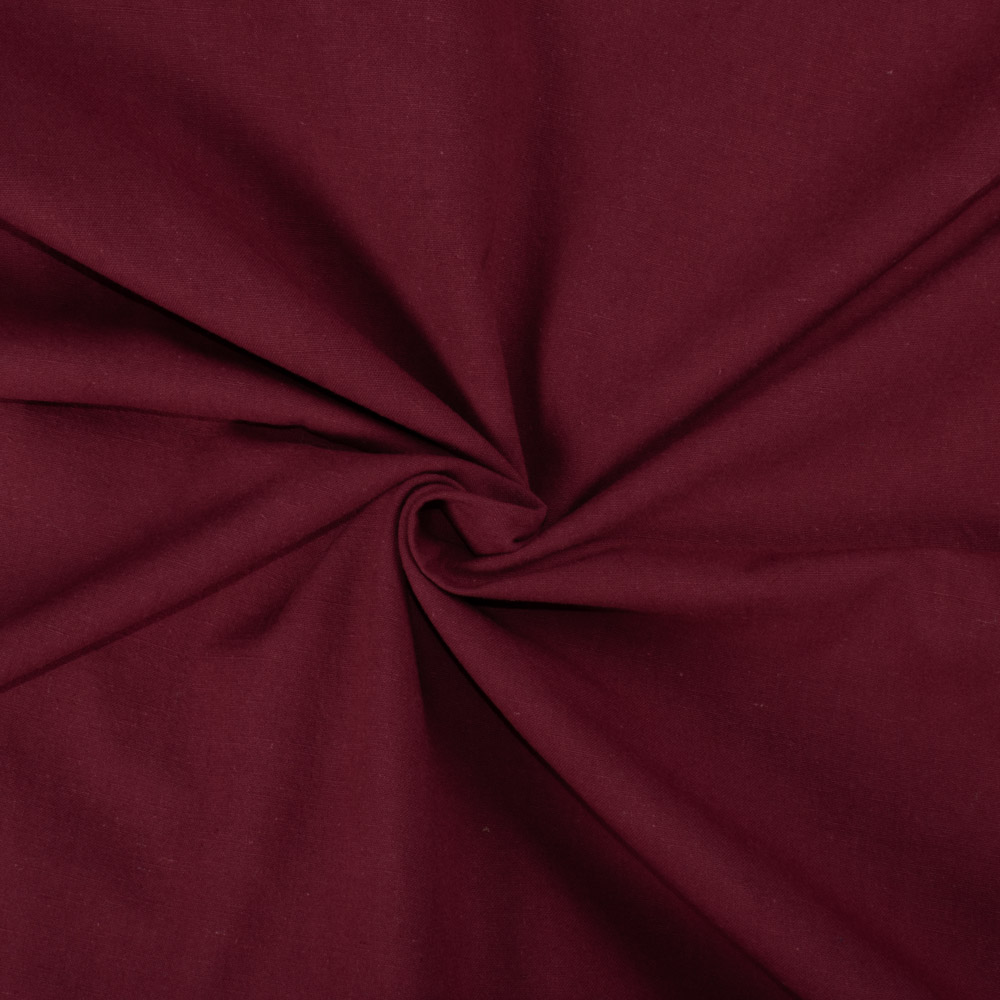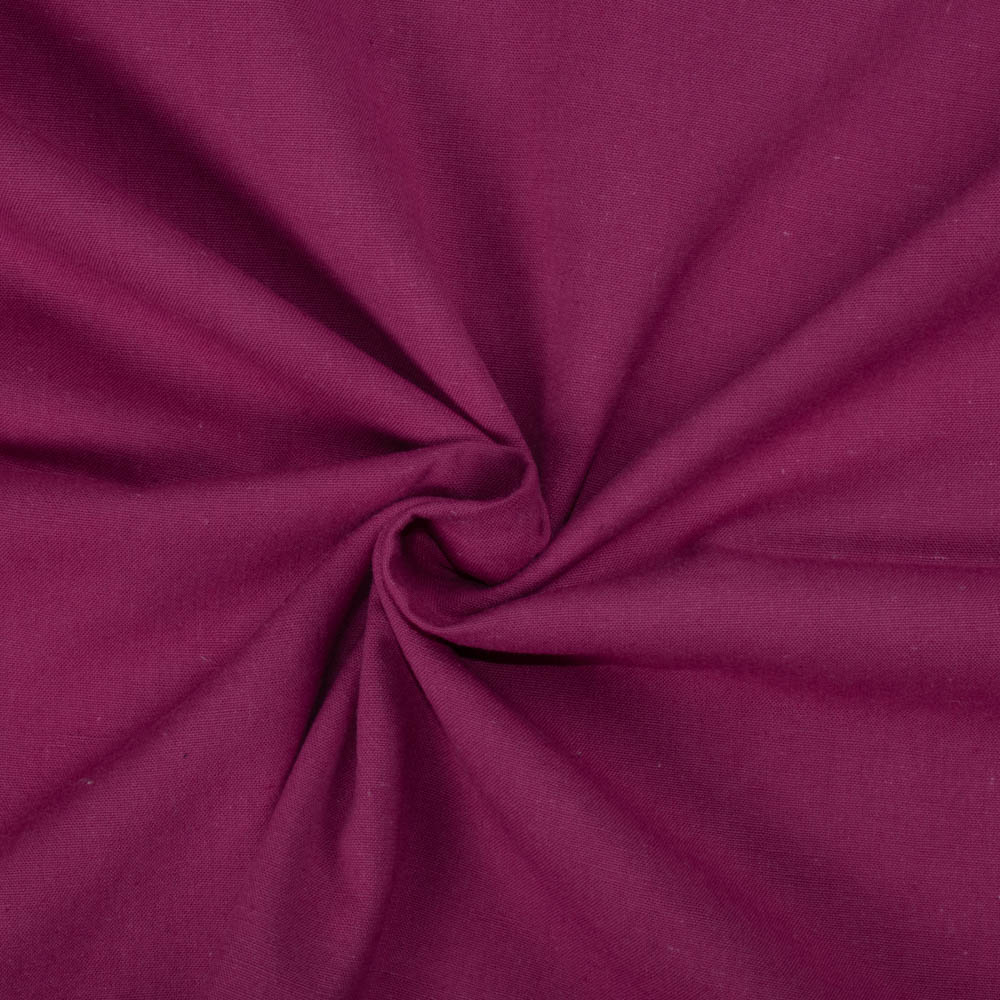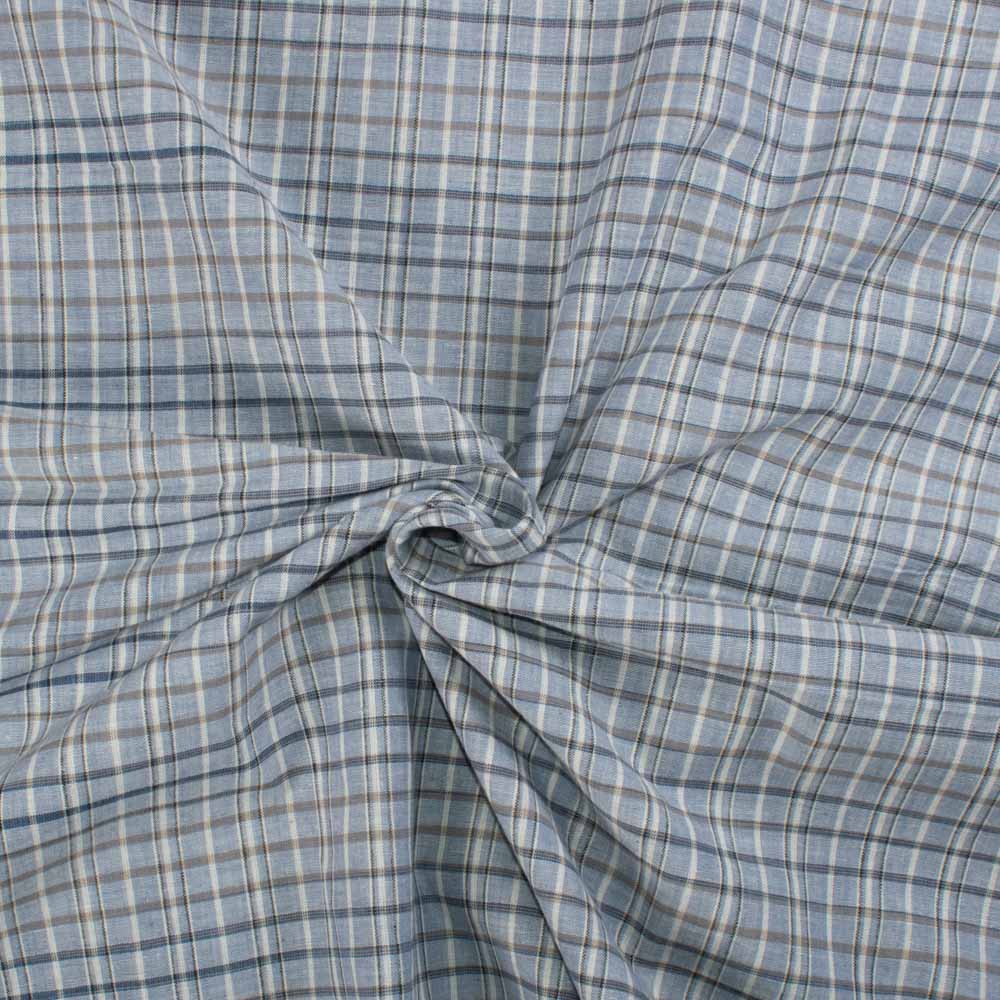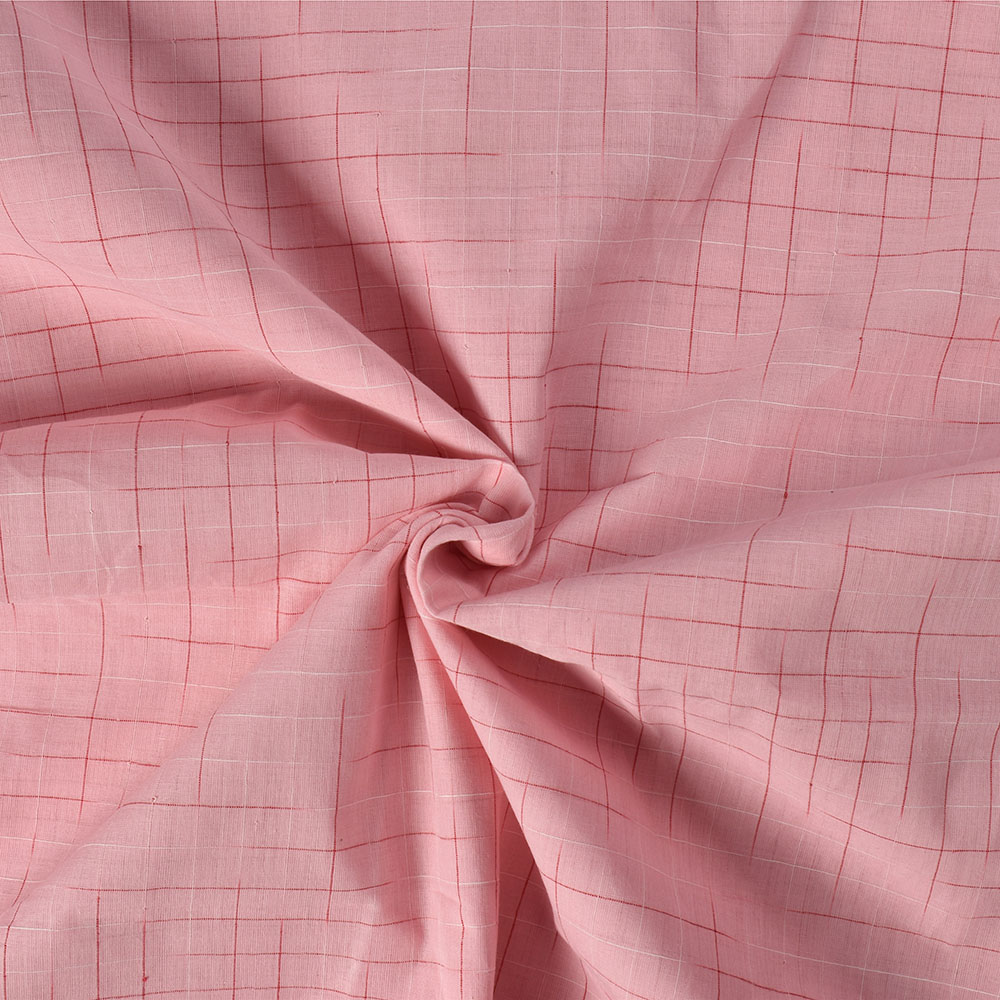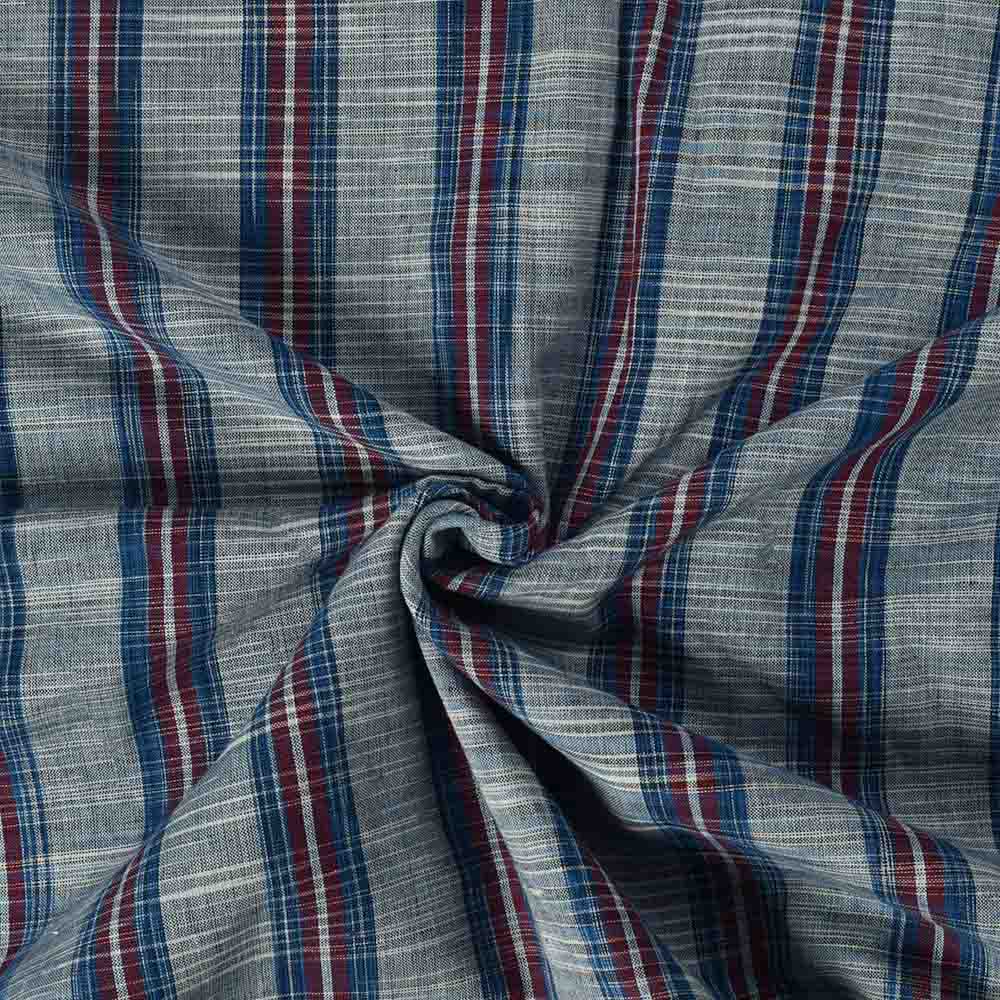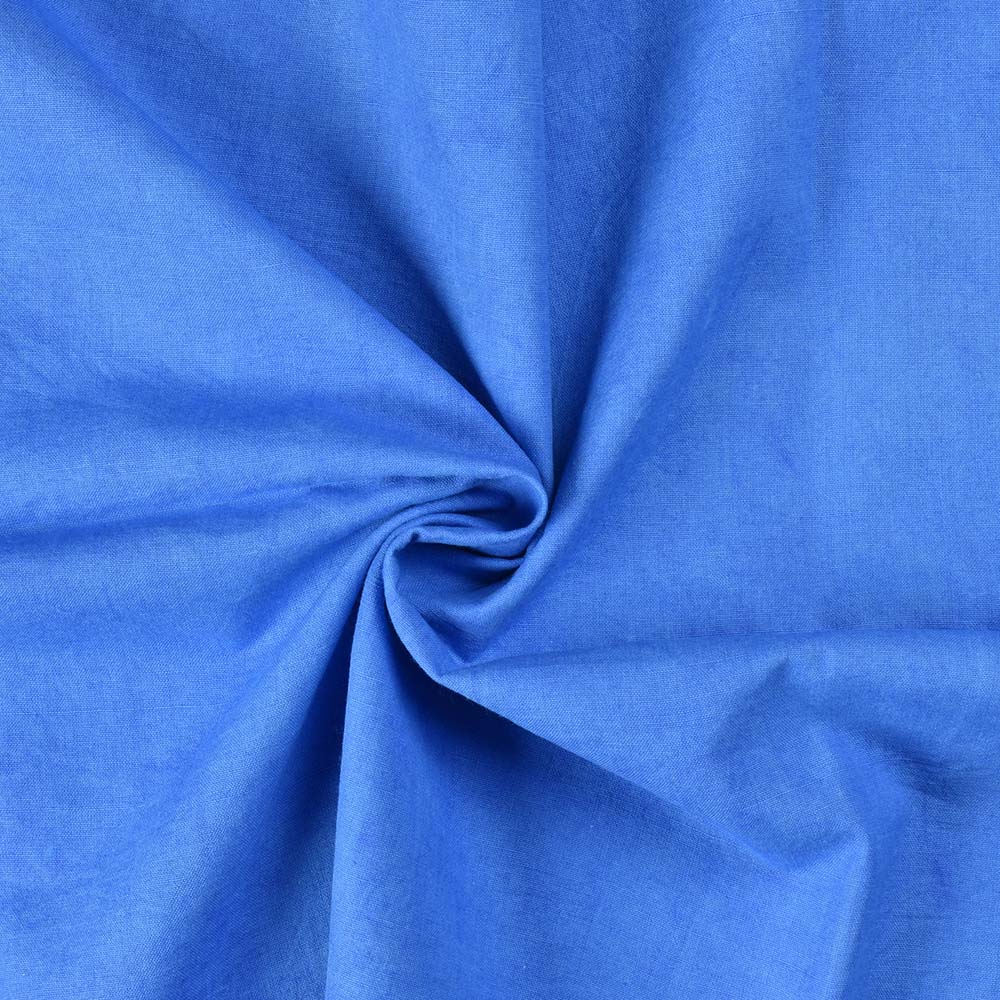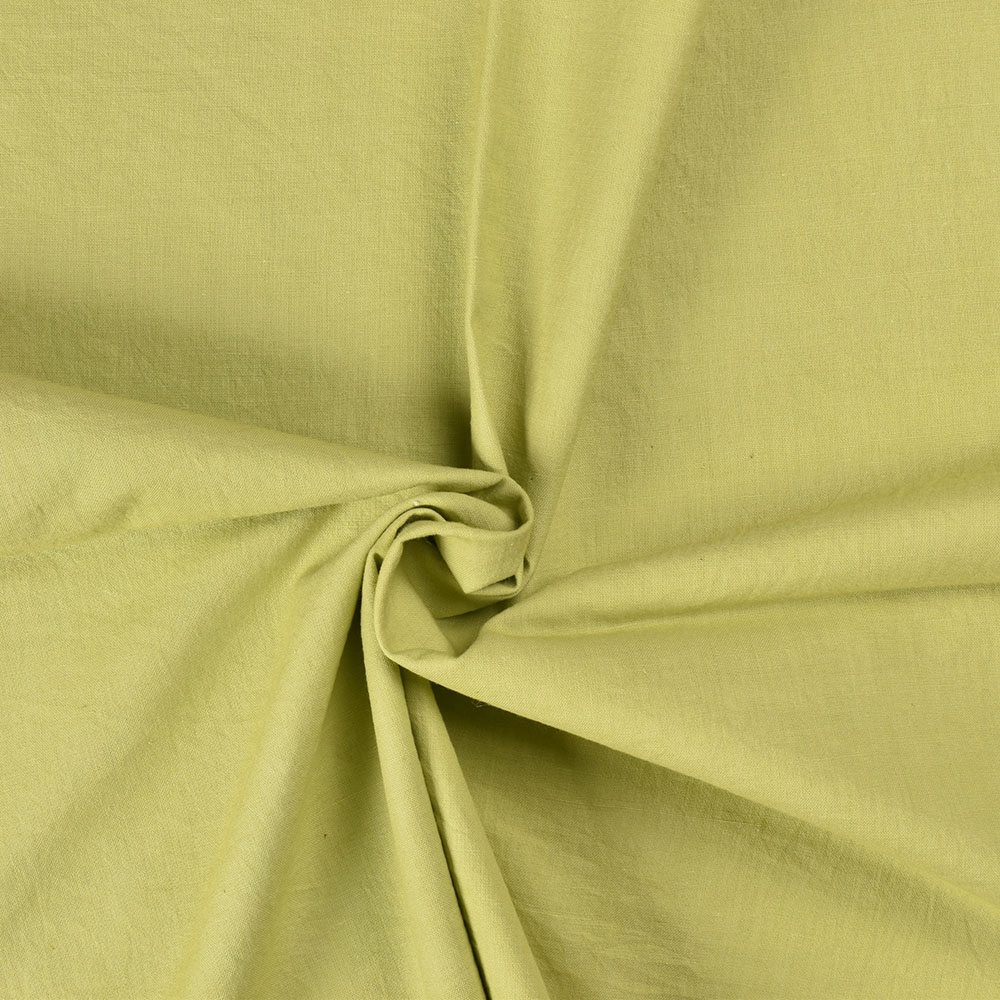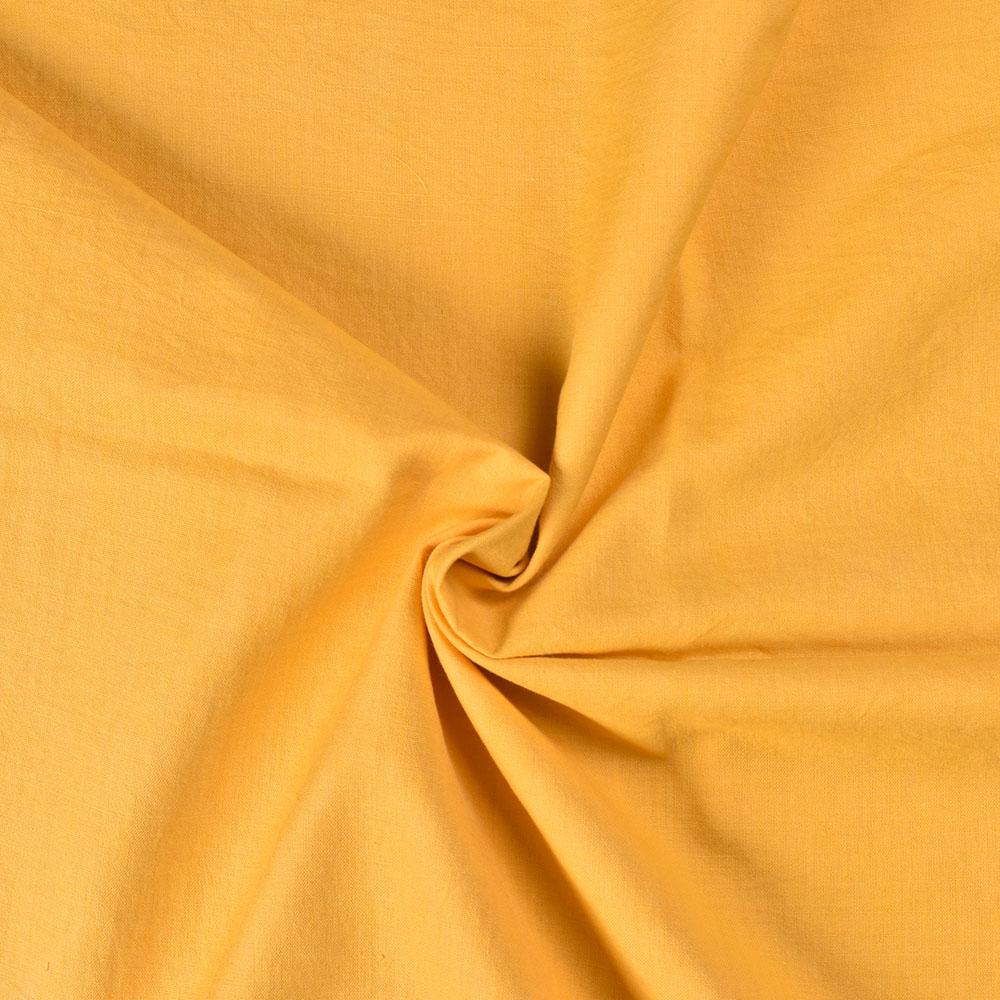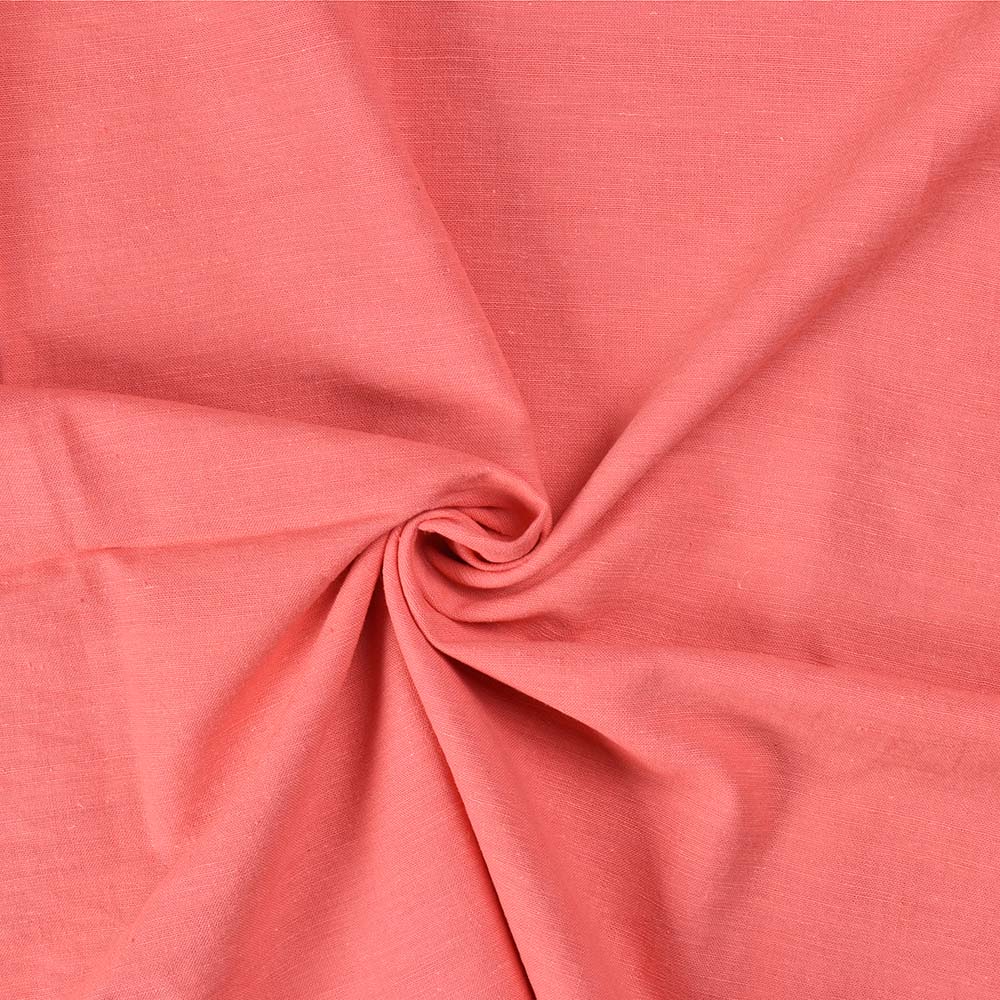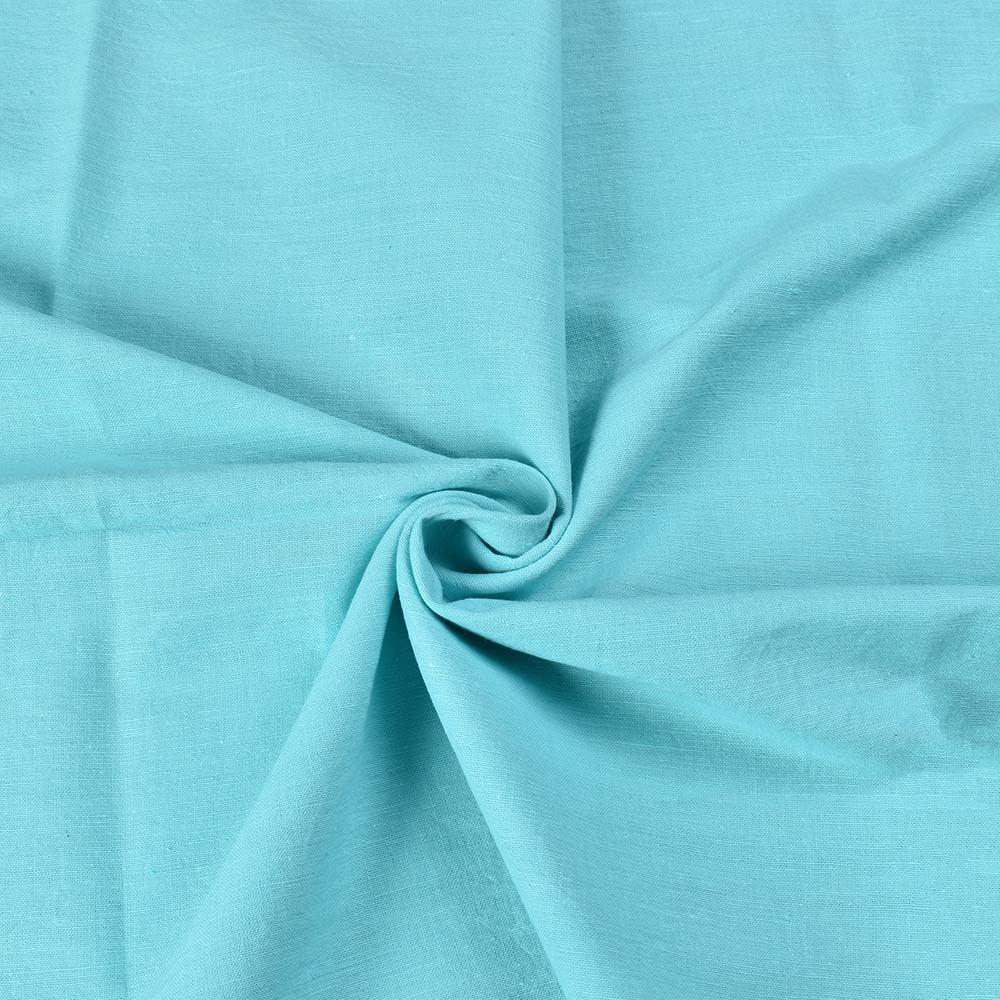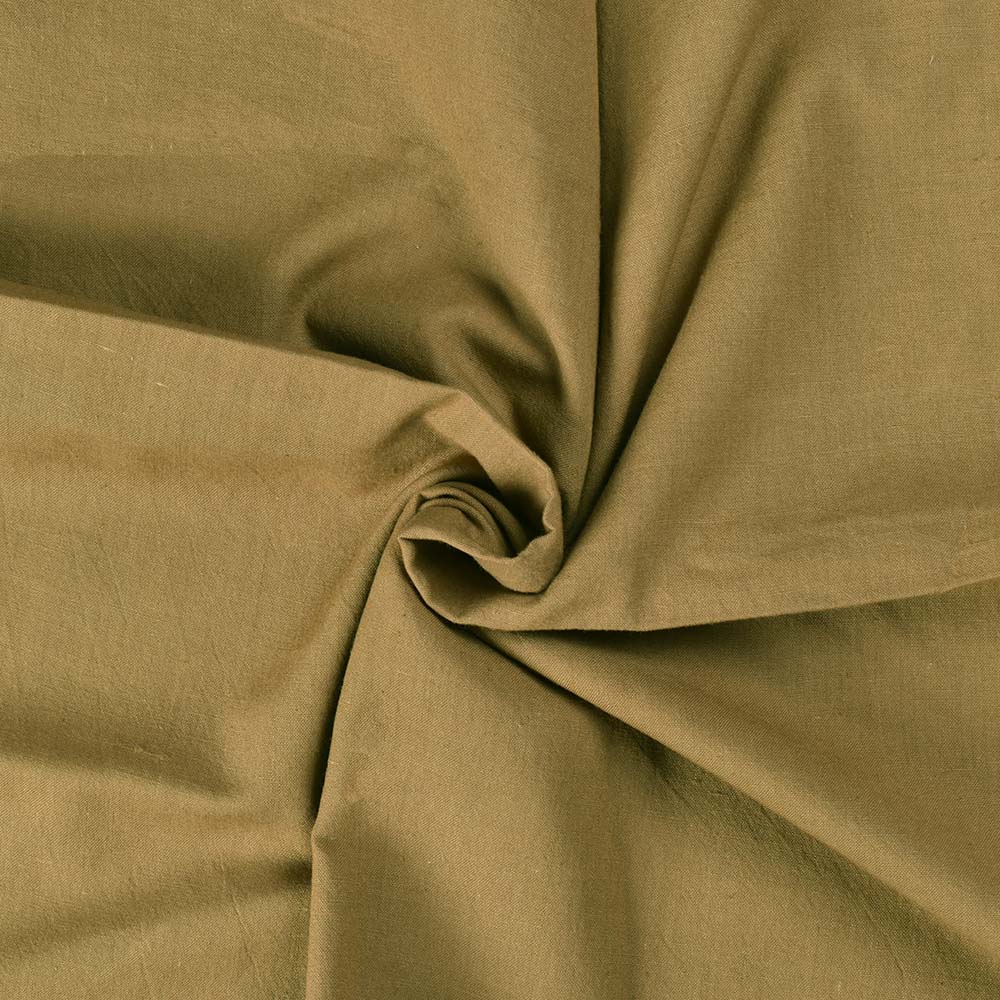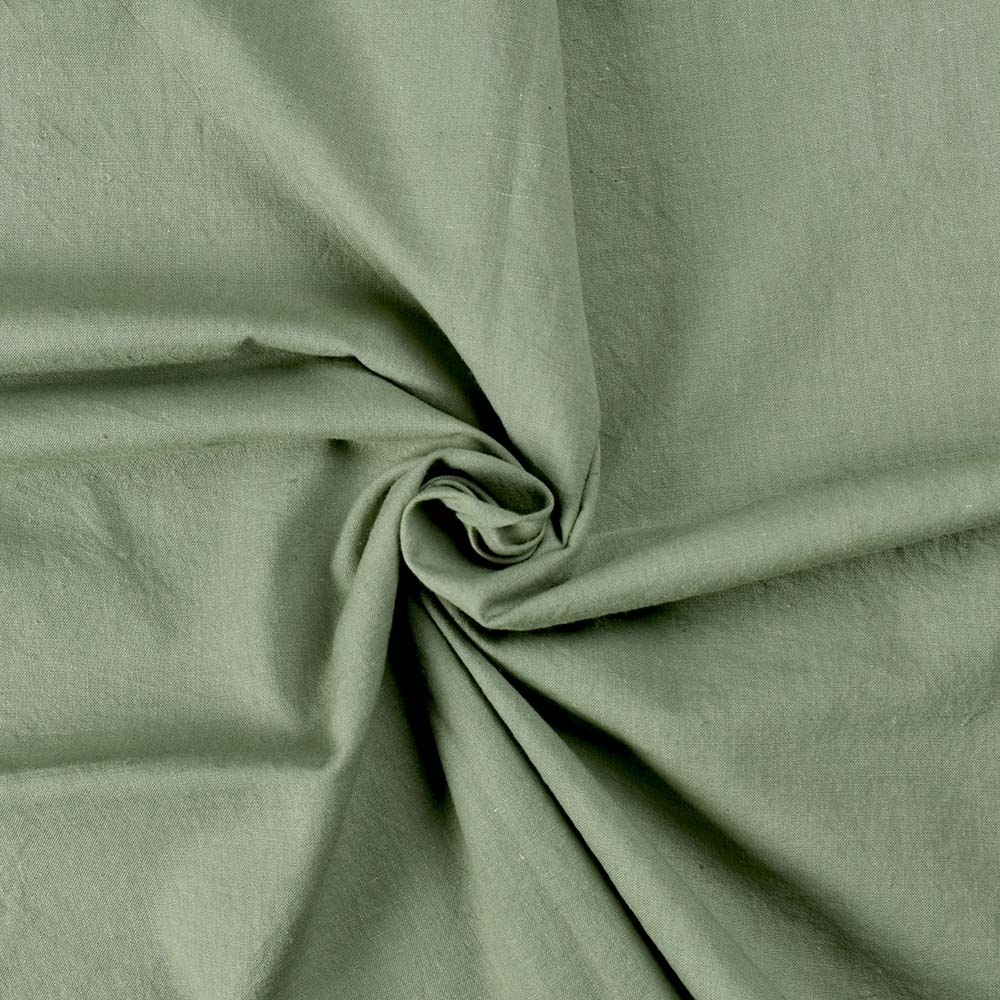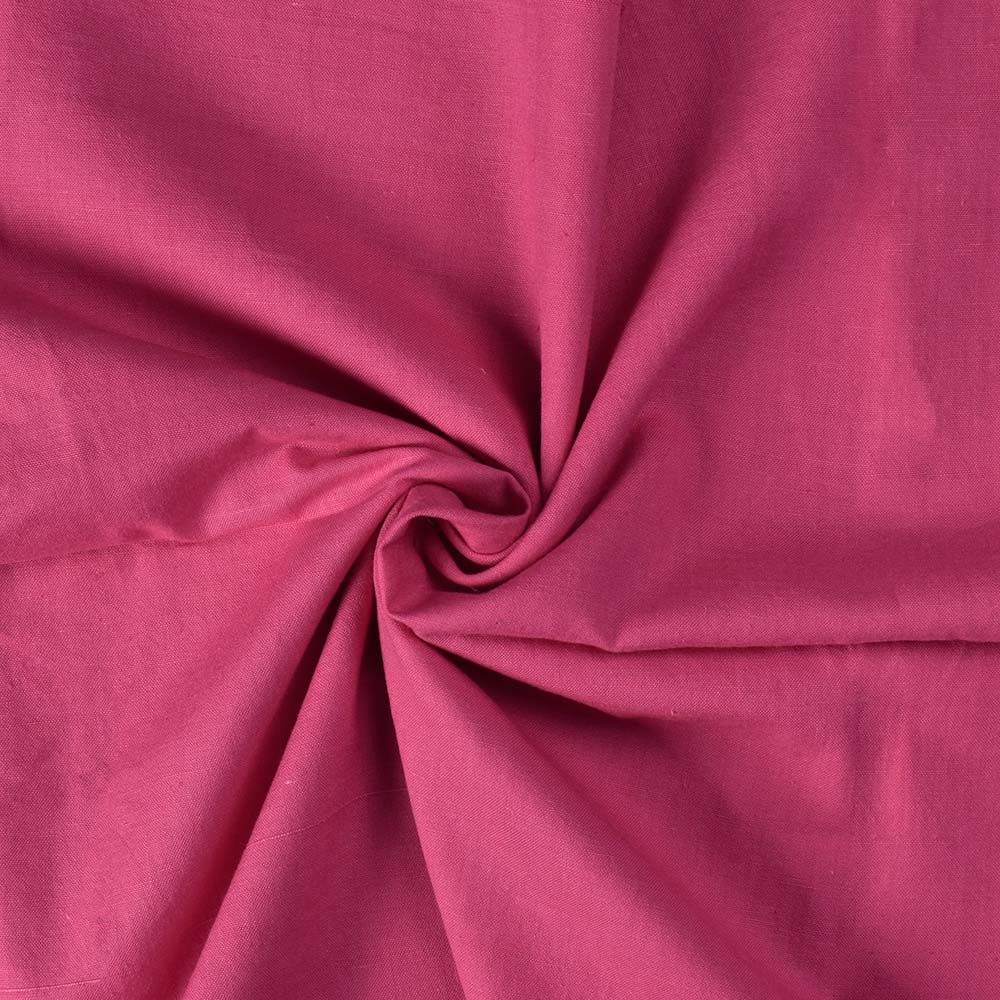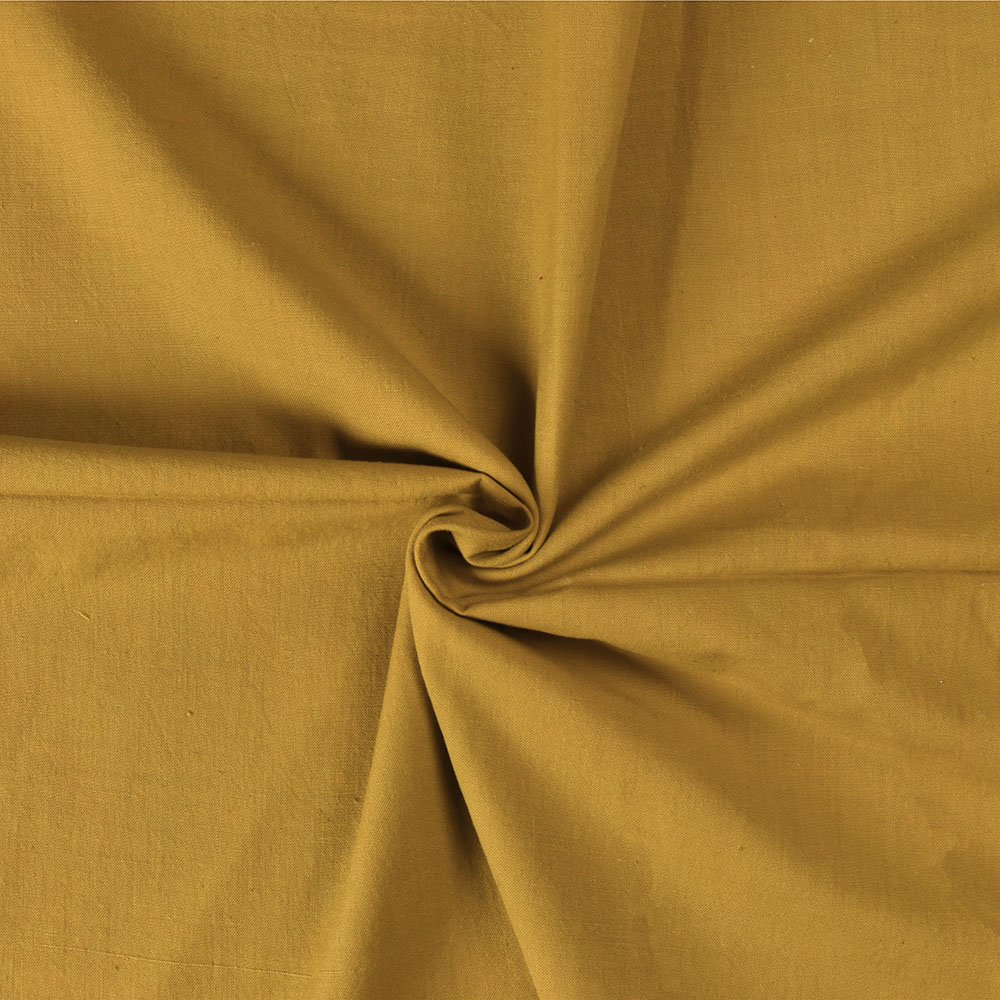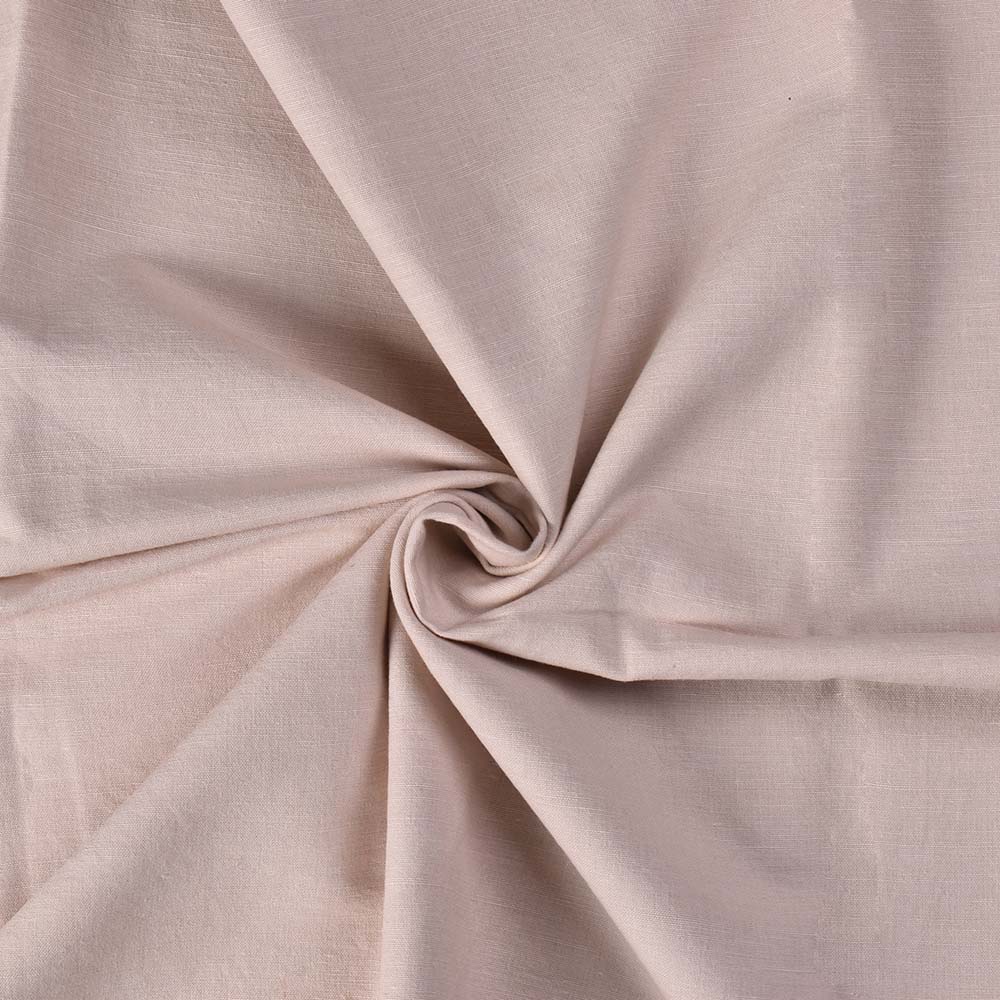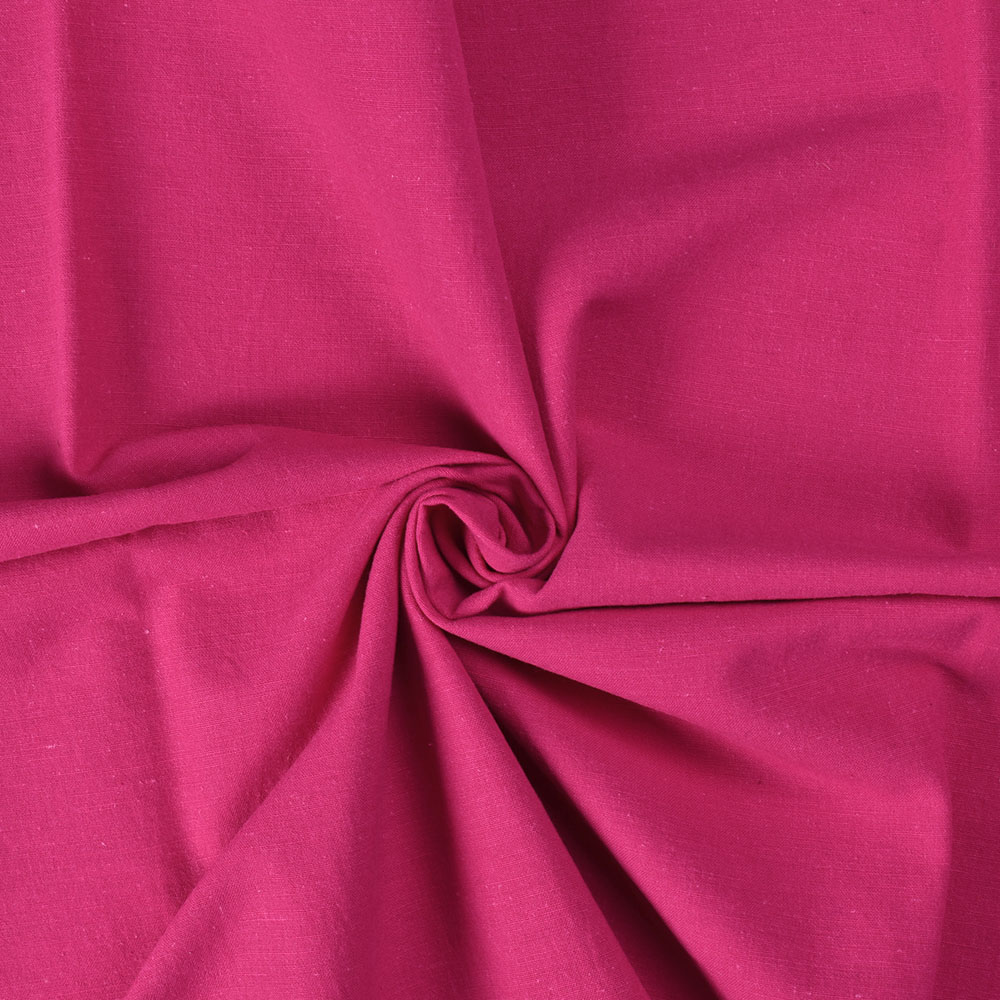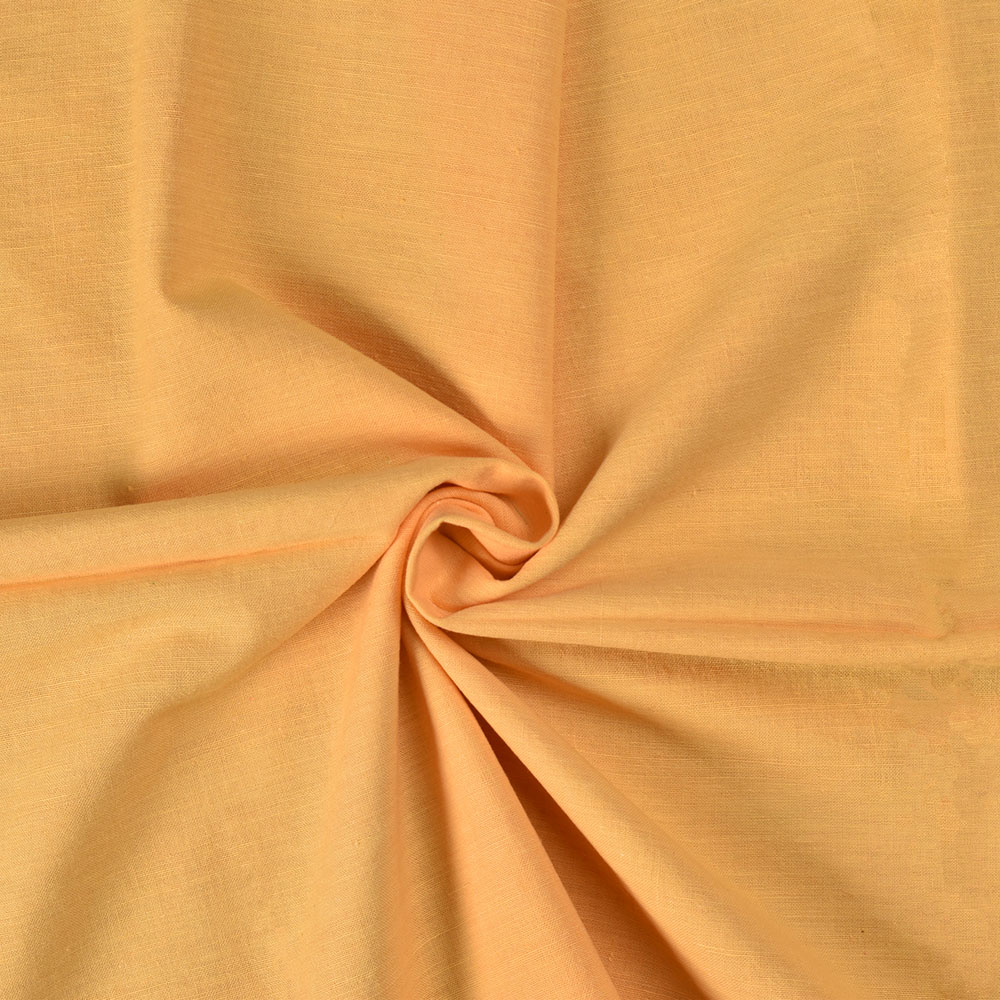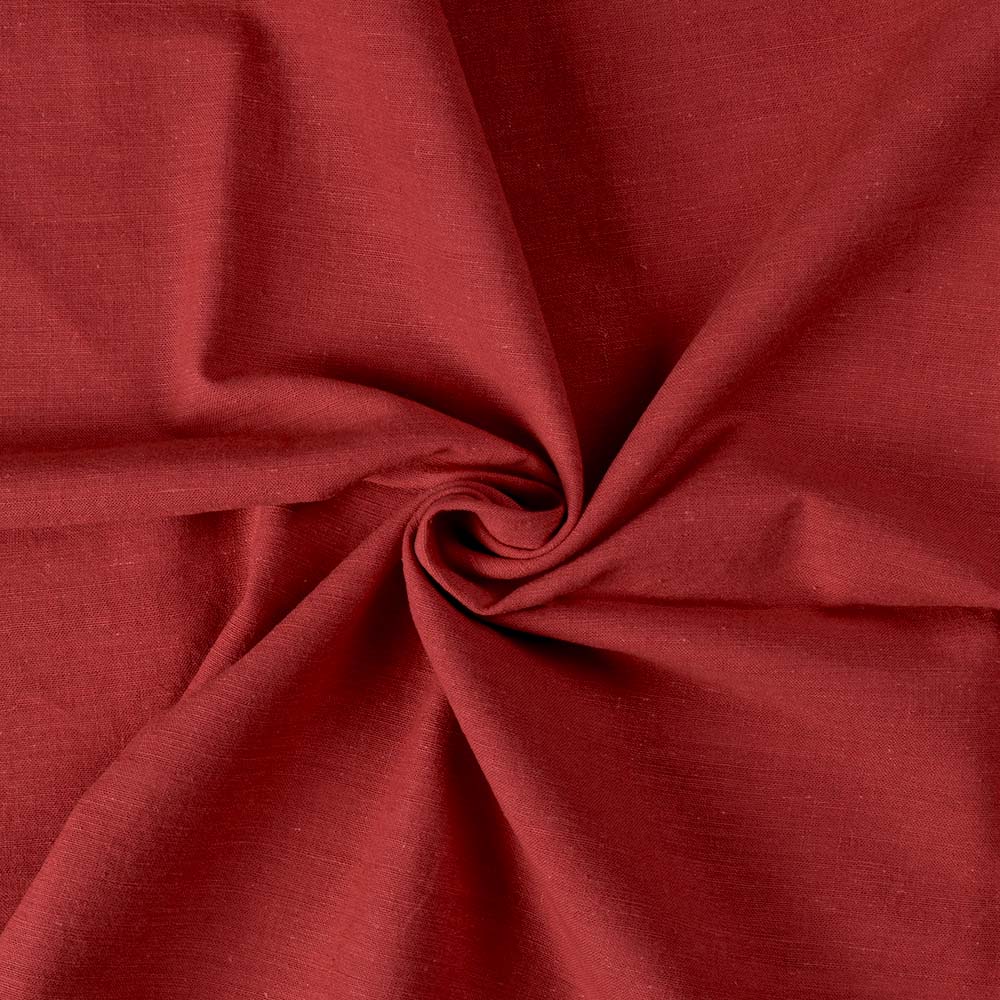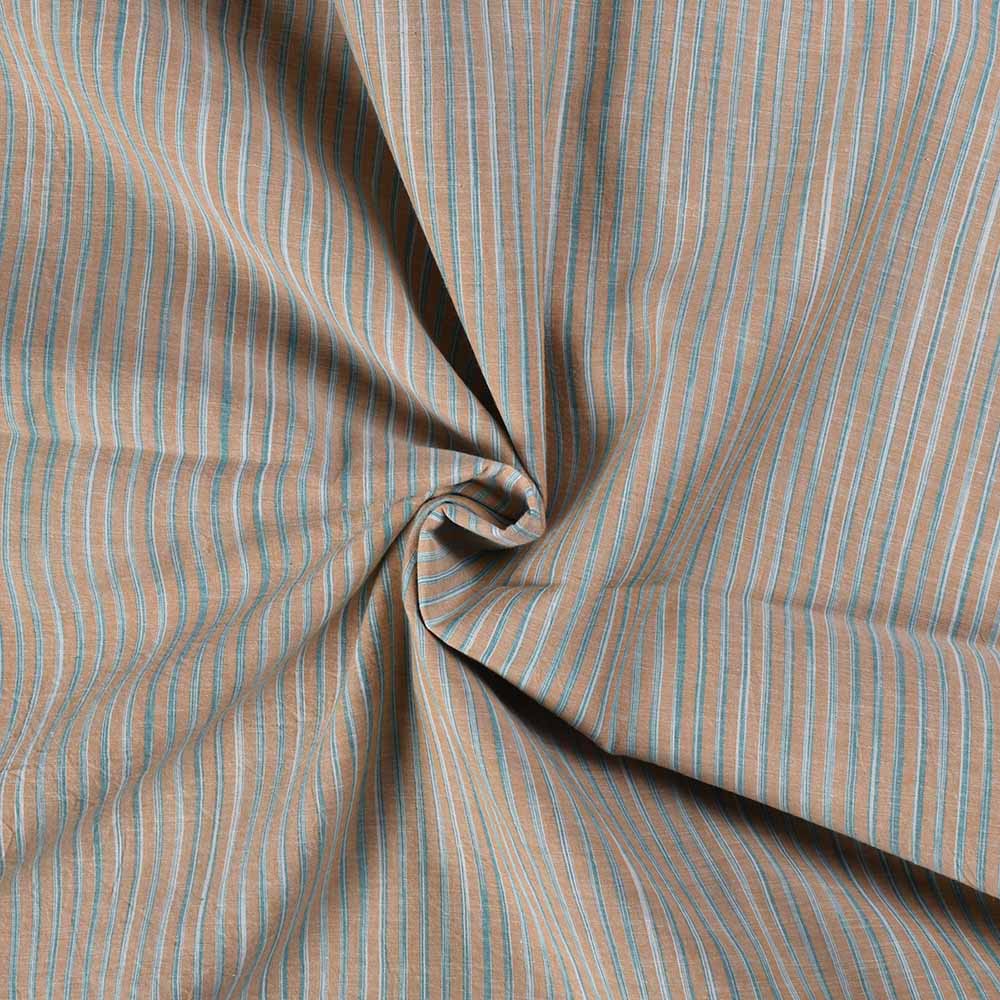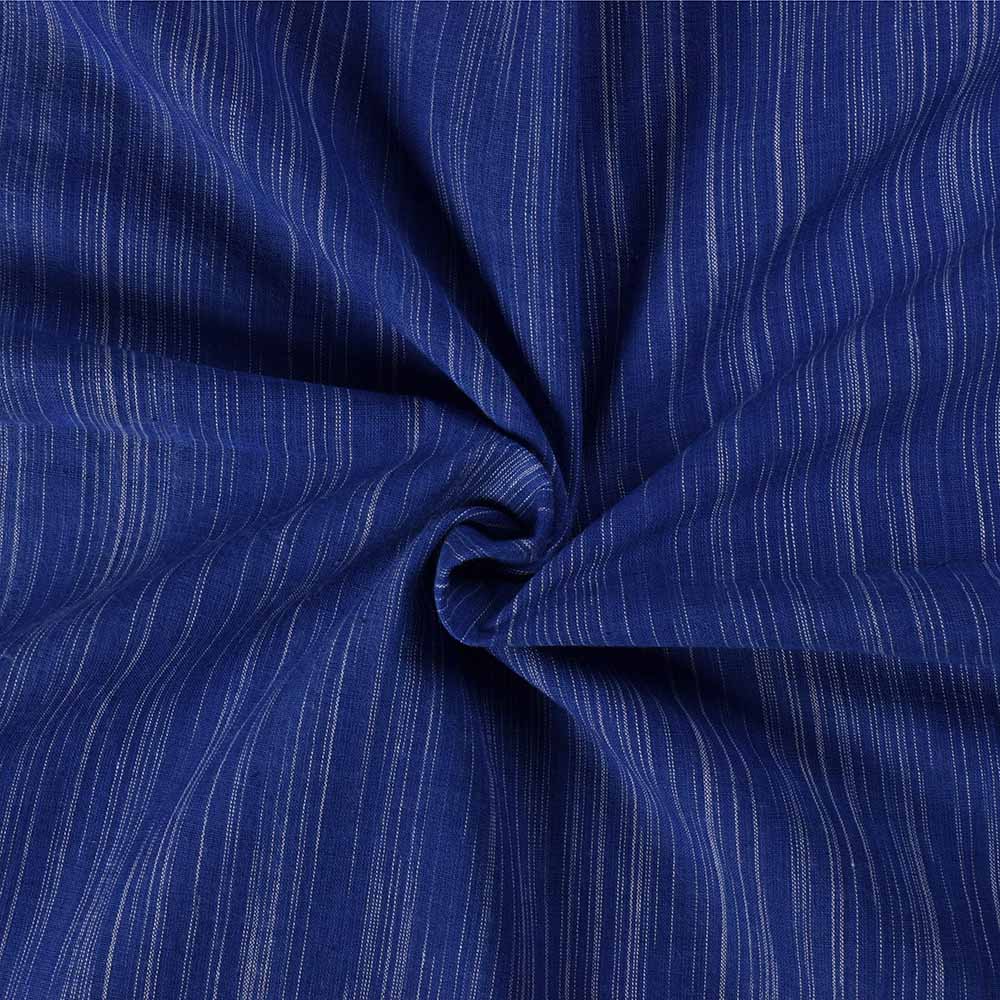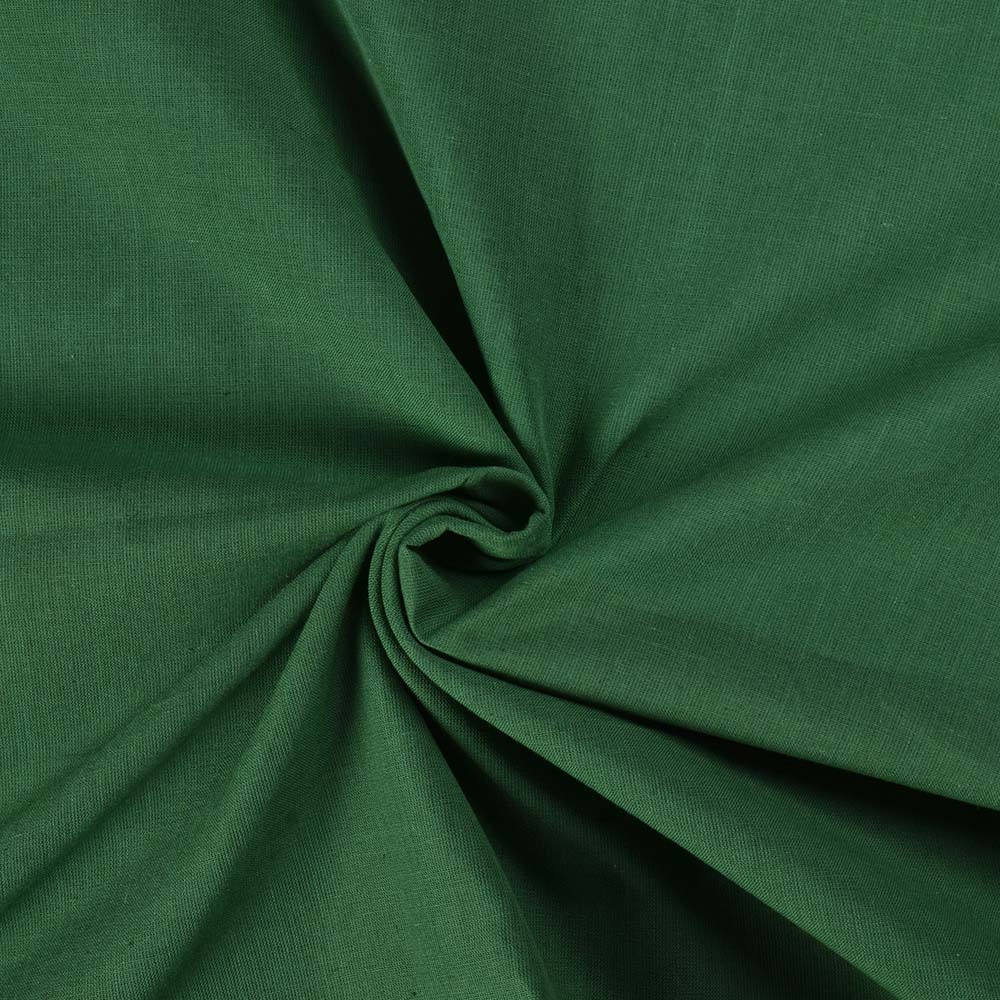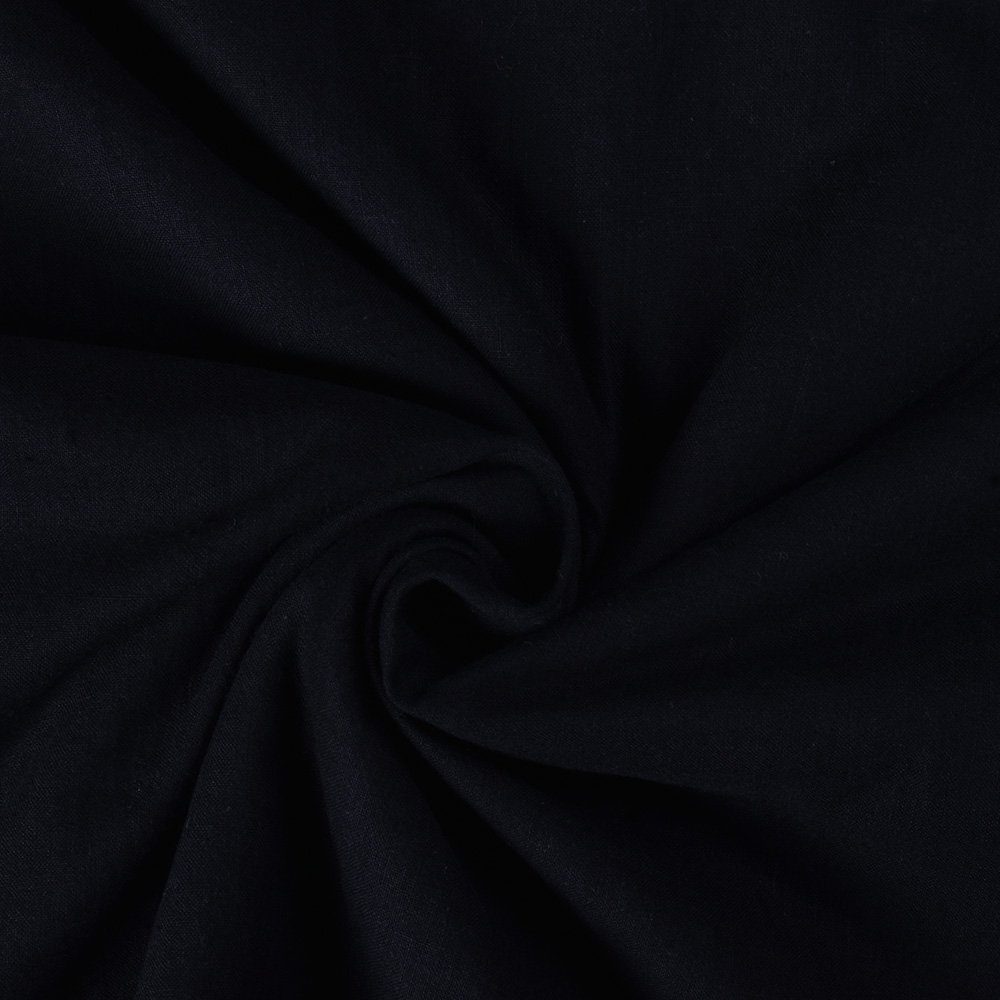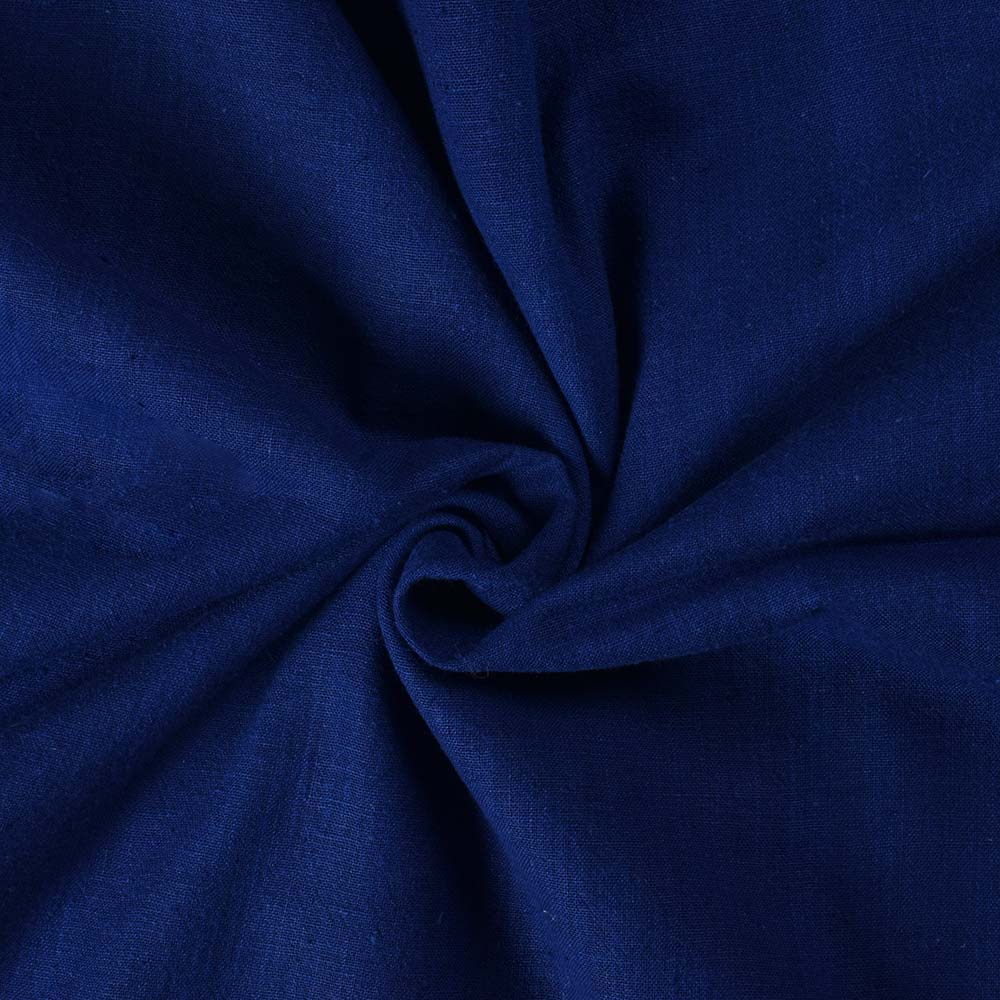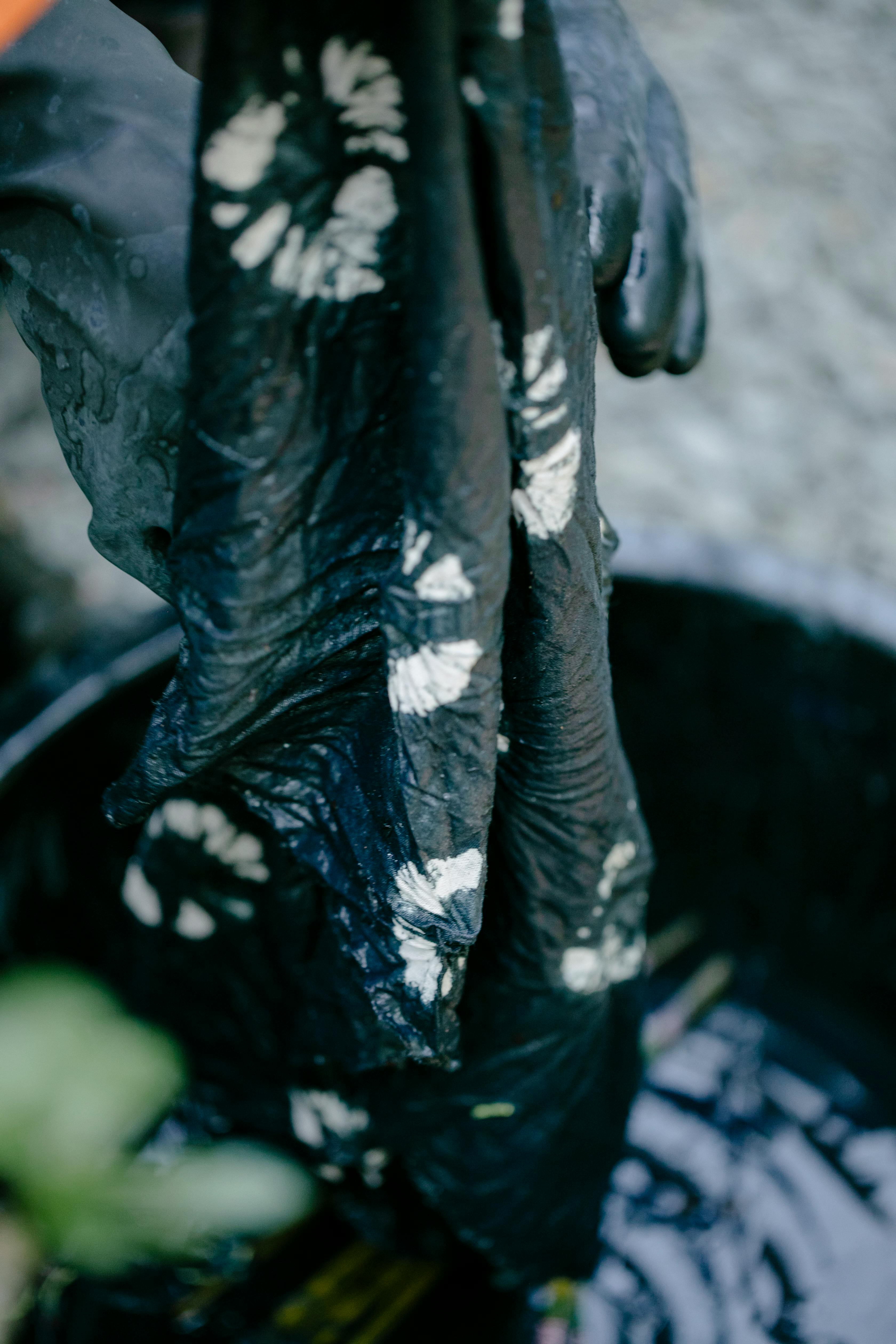
DYEING CLUSTER

Anuprerna's fabric dyeing cluster brings together skilled artisans dedicated to sustainable and heritage-inspired dyeing techniques. Using natural and eco-friendly dyes, the cluster transforms handwoven fabrics into vibrant, high-quality textiles while promoting ethical practices and supporting artisan livelihoods.
AZO FREE ORGANIC DYEING
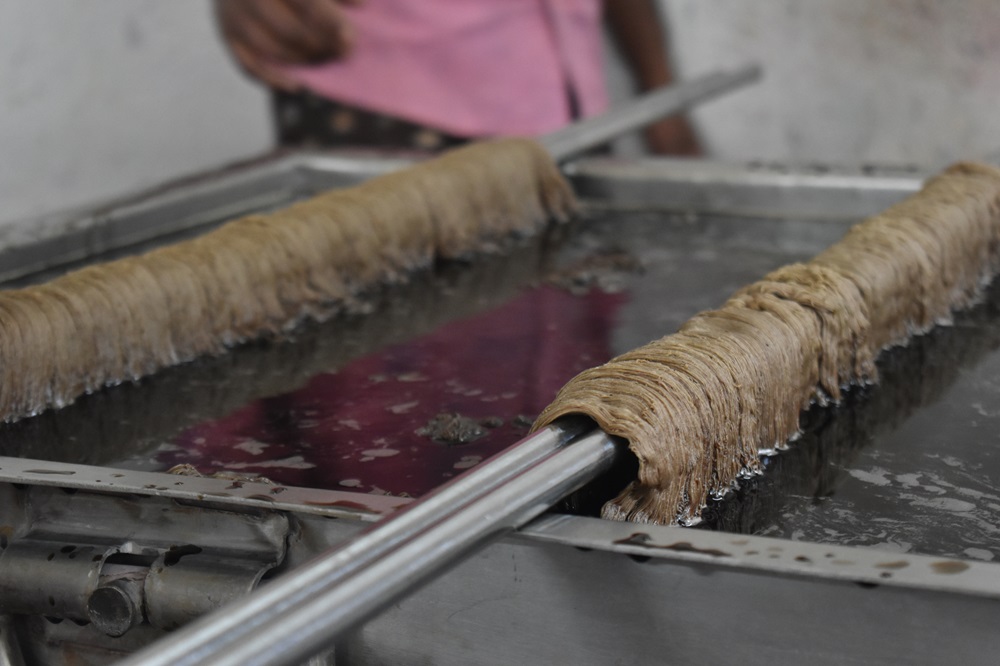
Azo-free dyes avoid harmful azo compounds, offering vibrant colors without toxic byproducts, ensuring safer, eco-friendly textile production. They are safer, eco-friendly alternatives, reducing health and environmental risks.
- Health and Safety: Reduced toxicity, eliminating carcinogenic aromatic amines.
- Environmental Impact: Less pollution, no harmful by products, Complies with stricter global regulations.
- Sustainability : Aligns with eco-friendly fashion trends, enhances brand reputation for ethical manufacturing.
- Brand Image: Positive publicity, increasing consumer trust and sales.
- Azo compounds can break down into harmful aromatic amines when the azo bond (–N=N–) is cleaved, which are associated with cancer, DNA damage, and allergic reactions.
EARTH DERIVED DYES
Natural dyes in fashion are derived from plants, insects, minerals, and microorganisms. They are eco-friendly, biodegradable, and less toxic than synthetic dyes, offering sustainable, organic alternatives for color.
- Sustainable: Sourced from renewable materials, using less water and energy.
- Healthier: Gentle on sensitive skin, with a lower risk of allergic reactions.
- Unique Colors: Produces rich, varied hues with subtle differences.
- Ethical Appeal: Aligns with consumer demand for sustainable, ethically produced fashion.
- Natural dyes tend to fade with sun exposure, creating a unique, weathered look that adds character to garments over time.
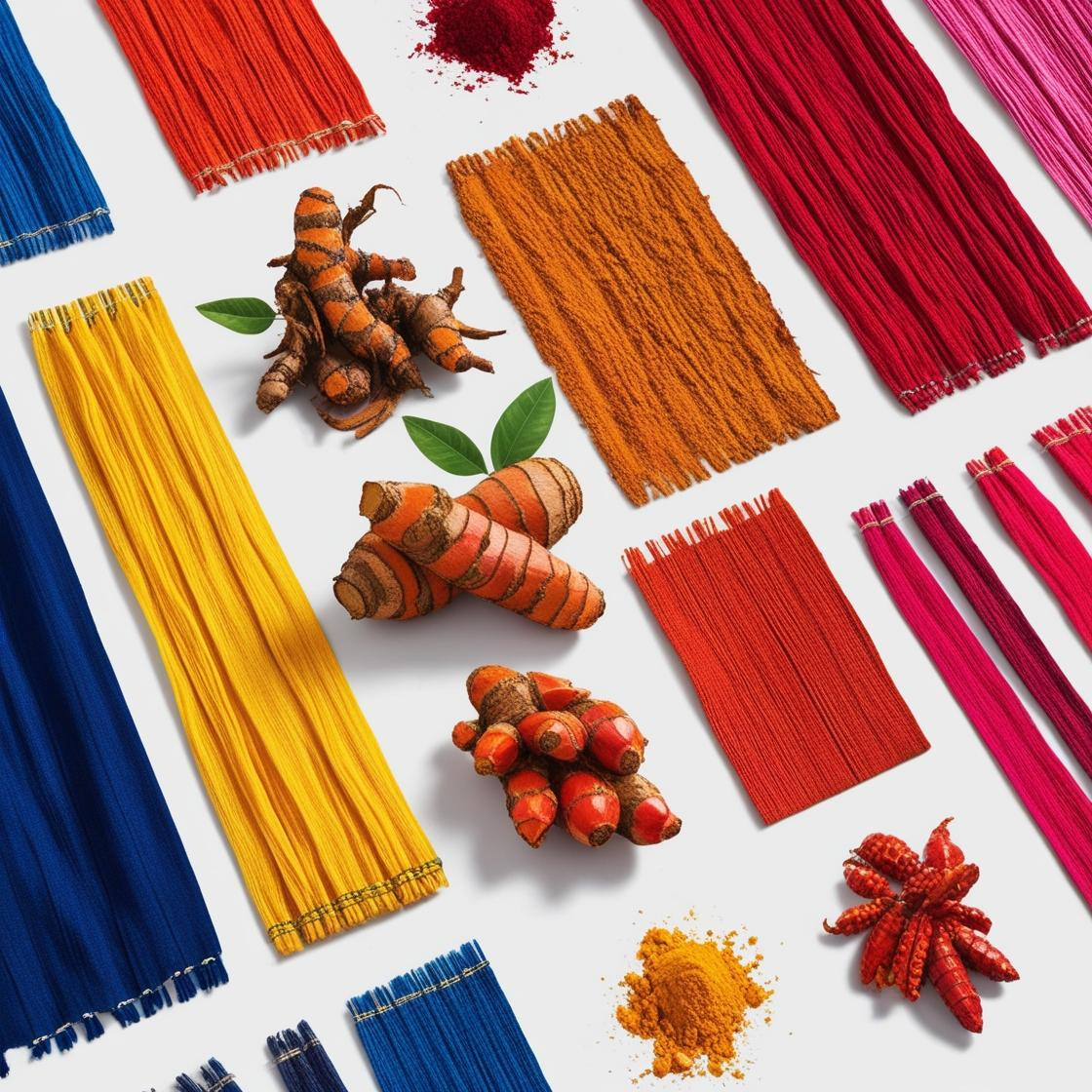
TIE-DYE
Due To The Nature Of This Craft, It's Easier To Develop A Distinguished Array Of Designs Applying The Tie Dye Directions At The Yarn, Fabric Or Even Apparel Stage Creating Unique Designs Merging Many Colours And Hues. At Anuprerna, We Are Developing Tie Dye Fabrics Using Organic Certified Azo Free Dyes, On A Range Of Fabrics Made Of Natural Materials Like Cotton, Linen And Silk.
NATURAL VEGETABLE DYE
Natural Vegetable Dyes For Fabric Are Dyes Or Colourants Derived From Natural Sources, That Is, Plants, Animals, Fungi And Minerals. It Is Mostly Derived From Plants Sources. These Can Be Different Parts Of The Plant Like Root, Stem, Leaves, Bark, Berries, Etc. Many Natural Dyes Require The Use Of Substances Called Mordants To Bind The Dye To The Textile Fibres. Natural Dyes Work The Best On Natural Fibre Materials.
PIECE DYE
Piece dyeing is a textile dyeing process where the fabric, typically in the form of large rolls or bolts, is dyed as a whole after it has been woven or knitted. This is in contrast to yarn dyeing or fiber dyeing, where the individual yarns or fibers are dyed before they are woven or knitted into fabric. Piece dyeing is a common method used in the textile industry to color a large quantity of fabric in a uniform manner.
TIE-DYE & VEGETABLE DYE CLUSTERS WE WORK WITH
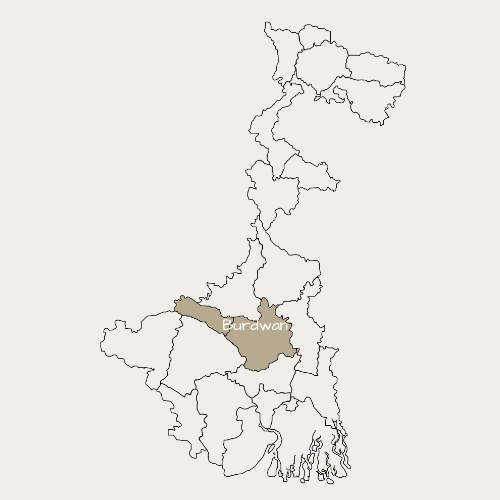
Anuprerna collaborates closely with fabric dyeing artisans from a cluster situated in West Bengal's Burdwan district.
Together, they bring their skills, creativity, and understanding of the craft to produce stunning tie-dye products.
DYEING ARTISANS CLUSTER WE WORK WITH
This selection of craftsmen has been carefully curated for their significant historical value and abundance of skilled artisans. Alongside these talented artisans, is to cultivate a future where the esteemed tradition of this art form thrives.
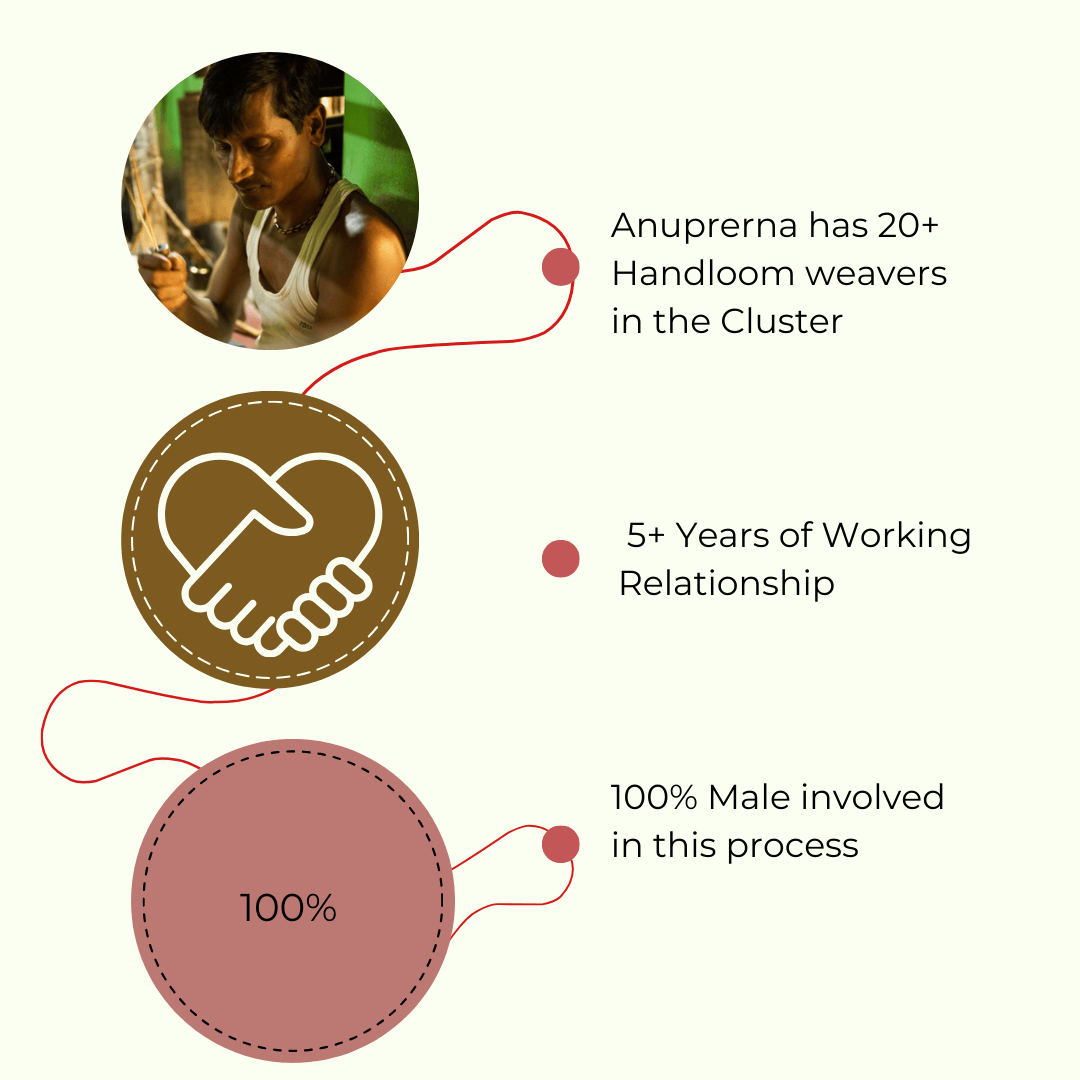
frequently asked questions
Are the artisans involved in the design and creative process?
arrow_drop_downAlthough we at Anuprerna create designs, we highly value the creative input and expertise of our artisans. We work collaboratively with them, encouraging their involvement in the design process. Their artistic vision and knowledge of Dyeing techniques play a vital role in creating exquisite fabrics that reflect the rich cultural heritage of the craft.
How can one spread awareness and support the fabric dyeing artisans?
arrow_drop_downShare our story and the significance of Dyed fabric with your friends, family, and network. Encourage conscious and ethical consumerism by choosing dyed fabric products. By purchasing from Anuprerna, you directly contribute to the betterment of the artisans' lives and the promotion of sustainable development.
What is dyeing technique, and why is it significant to West Bengal's artisans and communities?
arrow_drop_downA dyeing technique to develop a distinguished array of designs by applying the dye directions at the yarn, fabric, or even apparel to create unique designs merging colors and hues. At Anuprerna, we are developing tie-dye fabrics using organic certified azo-free dyes, on a range of fabrics made of natural materials. For the artisans in West Bengal, Tie-dye holds deep-rooted traditions and is a means of sustainable livelihood generation, preserving their craft and cultural heritage.
How many Dye clusters does Anuprerna work with?
arrow_drop_downAnuprerna collaborates with Dye artisans in one cluster situated in the district of Burdwan in West Bengal. Our extensive network allows us to impact the lives of numerous artisans and their families, preserving this age-old craft.
How are the artisan clusters organized in West Bengal?
arrow_drop_downThey are usually community-based and centered around a village environment. The artisans, often from the same family, enjoy an inclusive society where they participate in festivals, functions, and ceremonies together. Home workshops are common, and both men and women play essential roles in the weaving process.
How does Anuprerna's involvement empower the Fabric Dye artisans?
arrow_drop_downAnuprerna's mission is to support and empower the artisans, preserving their rich heritage. By collaborating with these artisans, Anuprerna helps provide them with sustainable livelihood opportunities, education for their children, and improved healthcare for their families. Through fair pricing and global recognition, we aim to increase the value of their work, leading to higher wages and improved living conditions.
More Stories
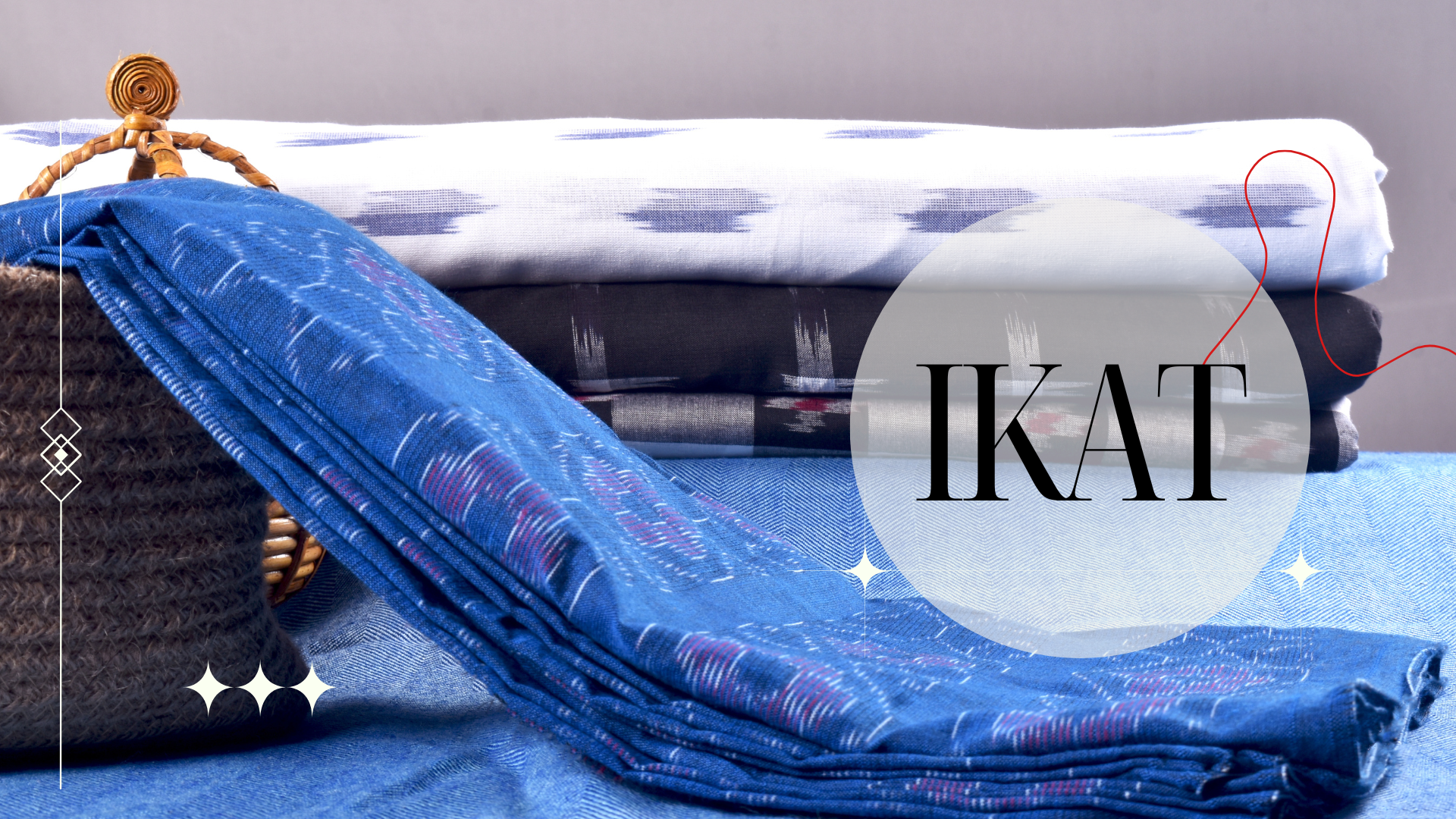
ikat cluster
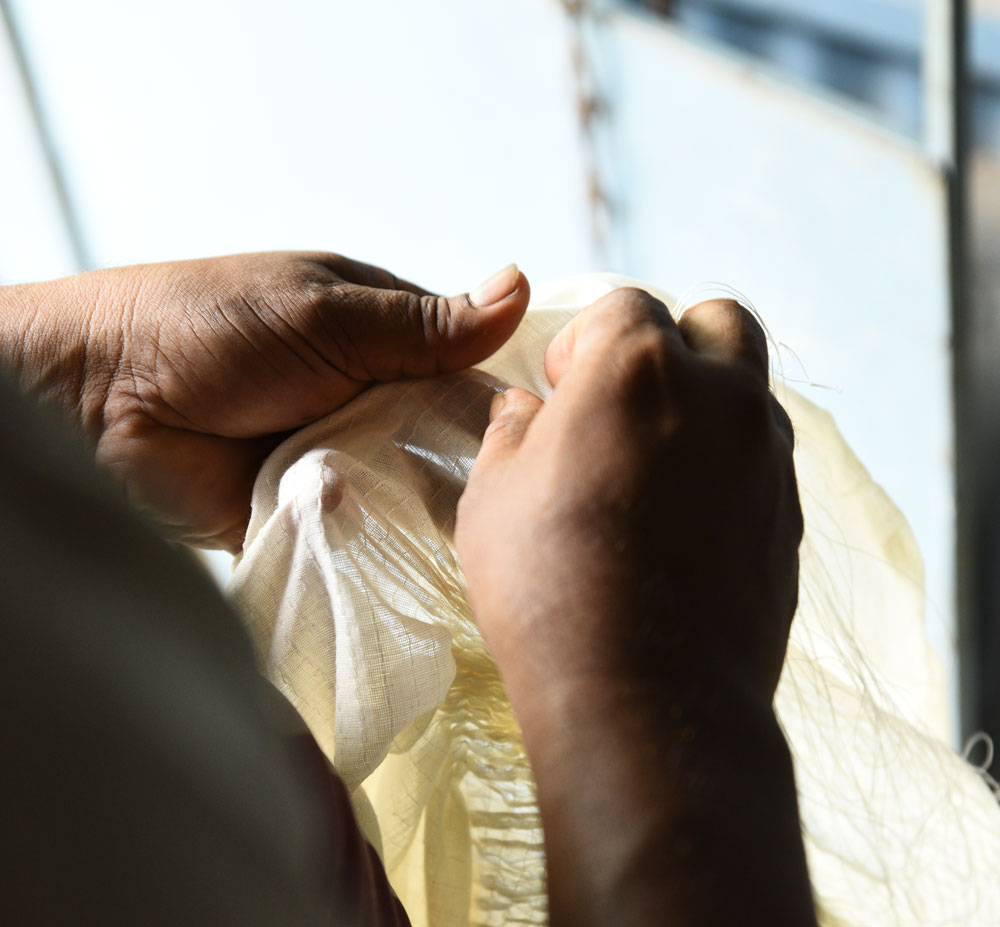
shibori cluster
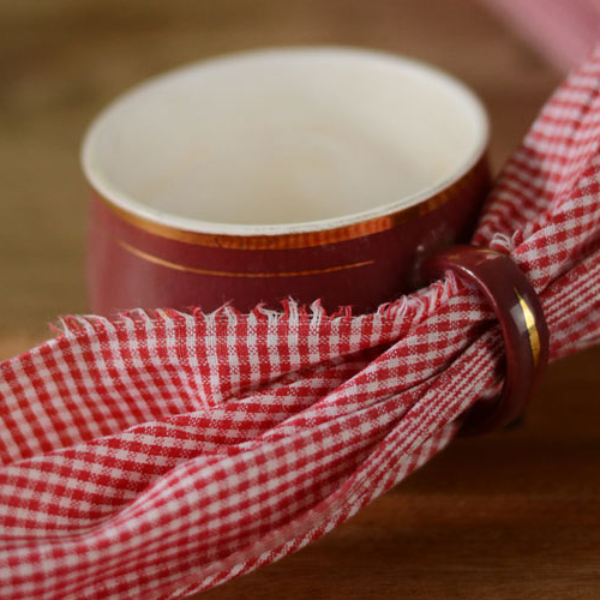
design cluster
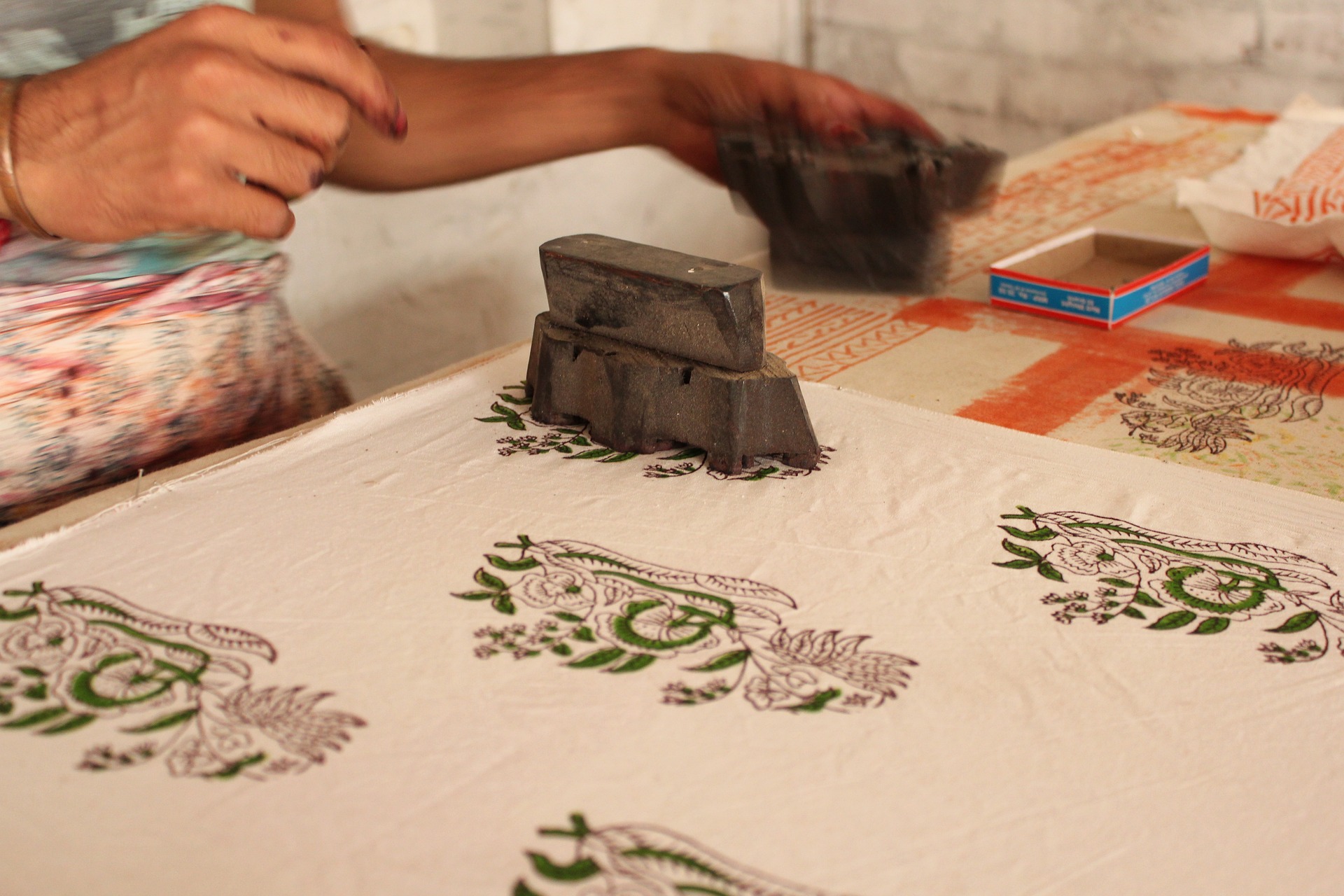
printing cluster
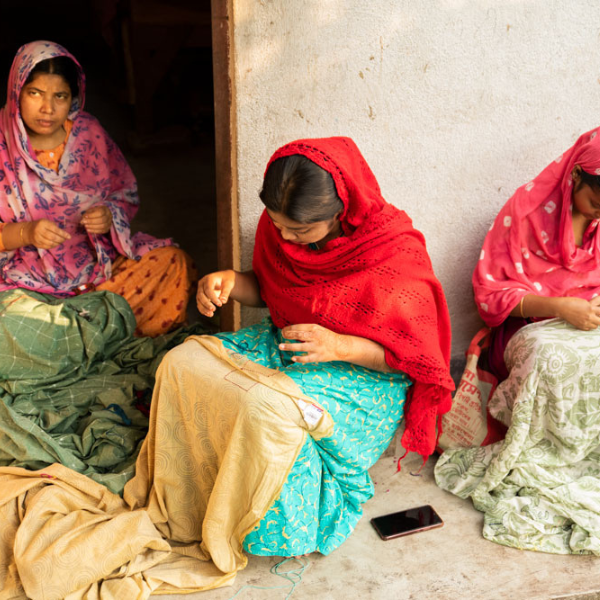
kantha embroidery

handloom cluster

